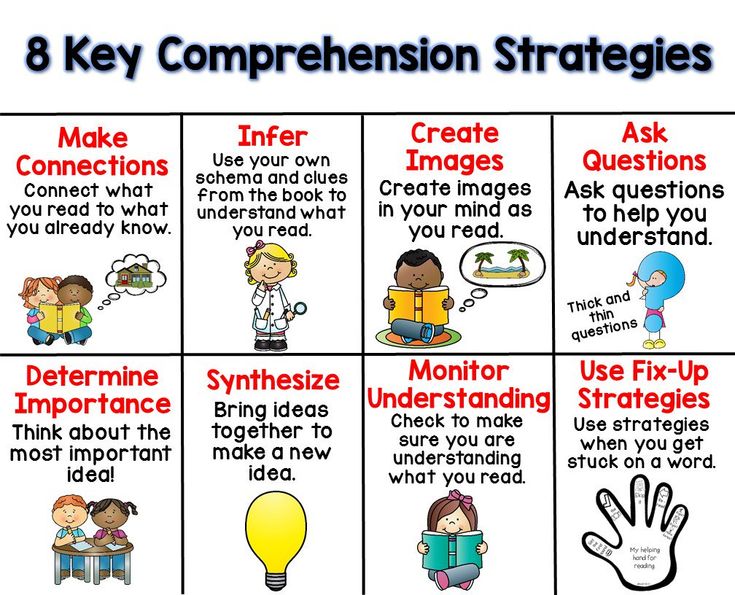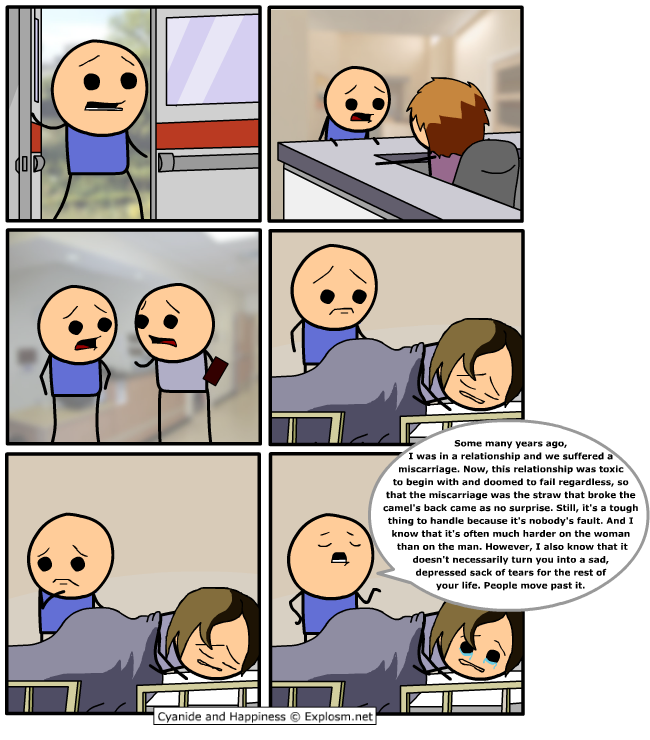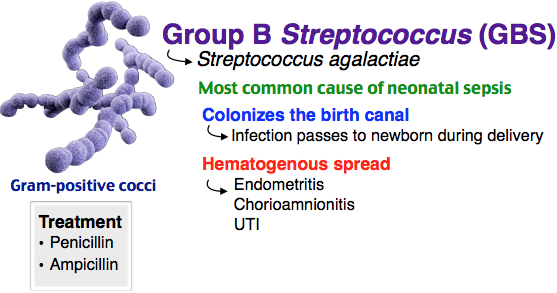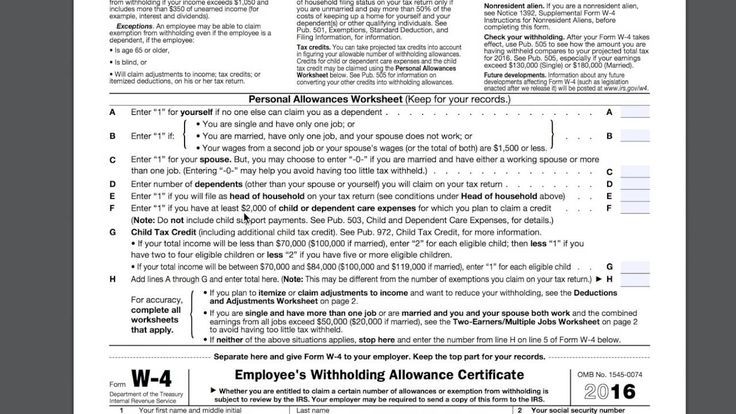How to know what level your child is reading at
How To Determine Your Child’s Reading Level And Choose The Best Books
When you sit down to read a book, you want to enjoy the story in front of you. The same is true for your child. That’s why uncovering your child’s reading level is an important step in fostering their love of words from a young age!
Consider the different factors that allow kids to enjoy the books they read. For example, does it tie into their interests, and is it slated as an appropriate option for their level? By answering these questions, you can make sure they’re reading books that are just right for them!
If your child is in school, you’re probably no stranger to jargon like “reading level.” But what exactly does Lexile Framework, Guided Reading Levels (GRL), or Developmental Reading Assessment (DRA) actually mean?
Additionally, if your child is just starting to read on their own (or already reading independently) and is learning from home, how can you figure out what reading level is right for them? If any of these thoughts have crossed your mind, you’ve come to the right place.
We’re here to answer your questions so you and your child can sit down and enjoy a good book together!
What Is A Reading Level?
A reading level is simply a measure of your child’s ability to read text. It reflects how well your little one can read independently. Importantly, reading levels help you choose books that are a good match for your child while still presenting a challenge.
Keep in mind these levels are meant to be helpful, not stressful. They don’t limit your child, but, rather, help them blossom into a fluent, excited reader.
When your child reads books that are appropriate for their current reading level, it boosts their confidence so they can truly enjoy reading! Also, knowing what level your child is at allows you to work with them to improve their skills.
That being said, it’s important to remember that children are unique and develop differently. Comparing your child to their peers isn’t necessarily the best approach when trying to assess their reading ability.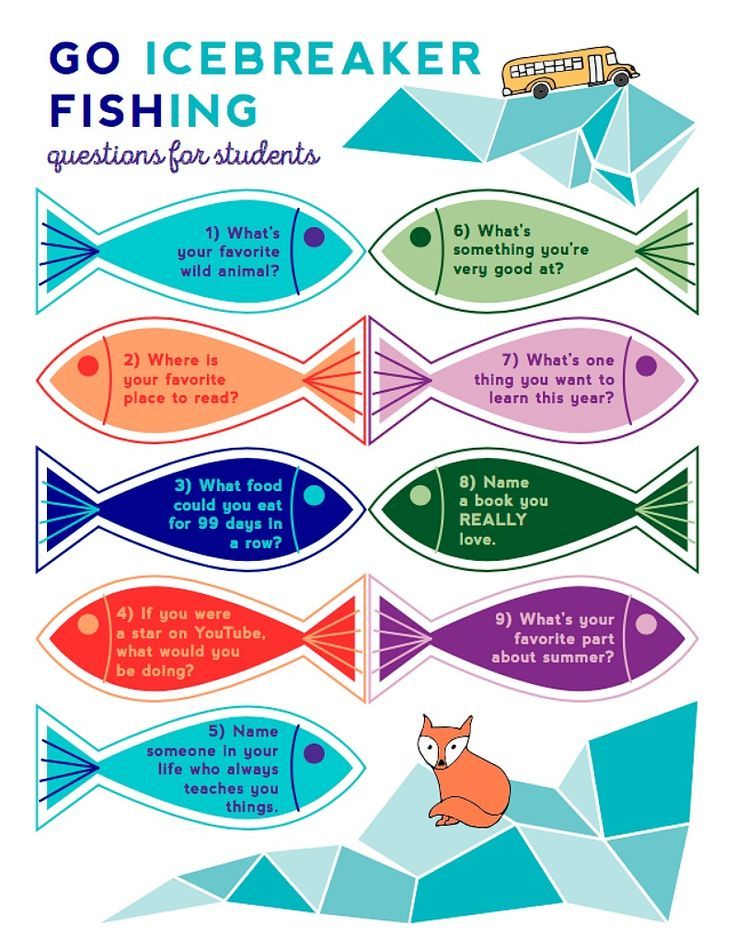
Why Is Determining Reading Level Important?
It’s helpful to determine your child’s reading level so you can find books that are appropriate for them to read on their own: not too difficult but challenging enough to encourage growth.
Reading level classification is a convenient tool you can use when searching online or at the library. And when you provide books that are on your child’s level, you create excitement and build their confidence, which can lead to a lifetime love of learning and reading!
If you’re looking for ways to help your little one read at the best level for them, Our new app HOMER Learn & Grow has a Stories section that gives age-appropriate story recommendations!
This is a great resource that takes your child’s specific interests and recommends stories just for them. What’s more, your child can choose to read along or read on their own.
How Is Your Child’s Reading Level Measured?
Your child’s reading level is usually measured at their school in first or second grade, and we’ll show you how that’s done. Here’s a tip: since your child’s teacher knows their reading level, consider asking the teacher (or the school librarian) for books your child can read at home.
Here’s a tip: since your child’s teacher knows their reading level, consider asking the teacher (or the school librarian) for books your child can read at home.
Don’t worry if your child isn’t in school yet or if they’re homeschooled. We’ll show you how you can measure their reading level at home, too!
Before we dive in, it’s important to note that we think of books for kids at three levels: independent reading, instructional reading, and frustrating to read.
As the names indicate, independent reading books are ones a child can read with ease and without support from an adult.
Instructional ones are the books just above independent that teachers might use to stretch a child’s reading as they offer support while the child makes that next step. Finally, frustrating books are too hard for a child to read even with adult guidance.
Now that you have an idea of how to think of the different books your child might encounter, let’s talk about the tools used for determining or describing reading levels.
Lexile Framework For Reading
Lexile Framework For Reading is an educational tool that ranks books by order of their difficulty using a scale called a Lexile. Usually, your child’s teacher will determine their Lexile reading level and then choose books that have a matching score.
The Lexile score, or measure, describes your child’s reading ability and matches them with books and other reading materials. This measure ranges anywhere from 0L to 2000L.
Kids are encouraged to read within their Lexile “range” — 50L above to 100L below their actual level. For instance, if your little one is reading with a Lexile measure of 500L, they would read books ranging anywhere from 400L to 550L.
Using standardized assessments, schools will often measure a child’s reading level several times a year to help them select books that are appropriate for independent reading.
Guided Reading Levels (GRL)
GRL is a guided reading system used in some schools.
To determine reading levels using GRL, children sit one-on-one with their teacher and read from a book that’s considered standard for their grade level — a “benchmark” book. GRL books range from A to Z with A being the easiest.
GRL books range from A to Z with A being the easiest.
While reading these books, the teacher will take notes on any missed words and ask comprehension questions, such as, “When did the story take place?” or, “What was the problem in the story?”.
Through guided instruction, the teacher will gradually move children into more difficult books.
Developmental Reading Assessment (DRA)
DRA is a standardized reading test given by teachers or reading specialists. As with GRL, children sit individually with the test administrator and read a book.
Several factors are taken into consideration to determine reading level, including:
- Reading comprehension
- Phonemic awareness
- Fluency
DRA books are labeled with an A for the easiest books and then move into a numerical grading system. The levels range from 1 to 80 with 1-3 representing a kindergarten reading level and 80 representing an eighth-grade reading level.
Once a child has a DRA or a GRL level, a teacher or parent can search for the reading level of any particular book and can usually discover either the Lexile, DRA, or GRL of that particular text.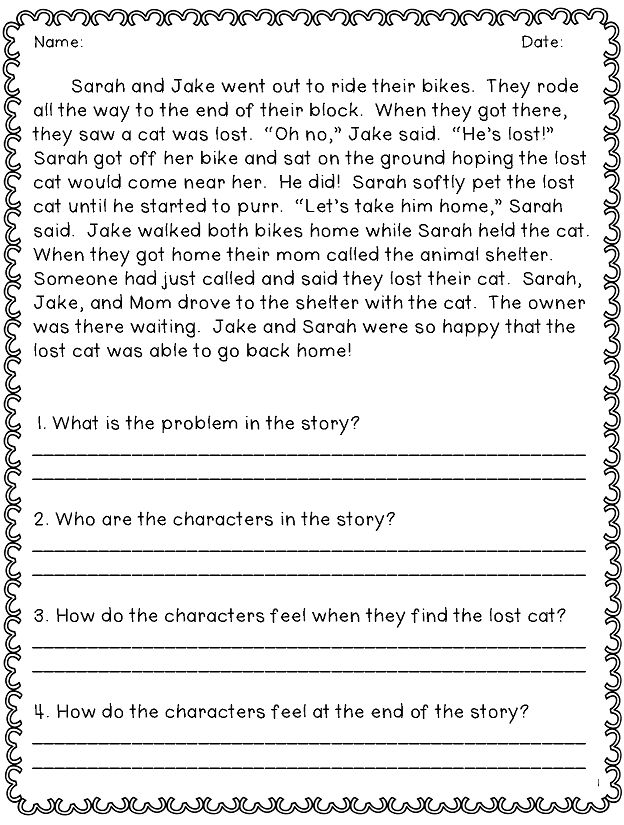 Here’s a chart for your reference.
Here’s a chart for your reference.
At-Home Reading Levels
If you’re looking for a way to find out your child’s reading level without using any of the methods listed above, you might try the five-finger rule.
For the five-finger rule, choose a book and flip to any page. If your child seems to have trouble reading more than five words on the page, it’s a good indicator that the book is too advanced for them.
To be sure, though, you can have your child try another page, especially if they seem eager to read a particular book.
This can be a helpful strategy, but it’s OK to let your child try a book and see how the reading goes. If a book is too hard, most kids will figure that out — and there is nothing wrong with reading books that are too easy!
Sometimes a child may be interested in a book that’s a little too hard for them. If this happens, we encourage you to read aloud to your child. You can also read together by alternating pages, paragraphs, or sentences.
It’s important not to completely avoid books that may be a little above your child’s reading level.
Even if your child struggles a bit to read them without assistance, these books can still be beneficial in helping build their vocabulary, improve comprehension, and increase general knowledge — not to mention, encourage their love of reading!
When your emerging reader seems overwhelmed by one book, you can always give the five-finger rule a try with other books until you find the right match. And if your child is particularly interested in a topic, you can always read the book to them and stop on words you know they can read.
Also remember that when a child is really enjoying a book and highly motivated to read it, they will read at a higher level than if the material is not as interesting to them.
Tip: Most libraries and bookstores have books arranged by reading level so you can easily choose the best one for your emerging reader!
Feel free to ask librarians and knowledgeable staff at bookstores to offer suggestions. You could even say something like, “My child happily read a Clifford book; can you suggest others at the same level?”
You could even say something like, “My child happily read a Clifford book; can you suggest others at the same level?”
How To Help Your Child Become A Stronger Reader
As we mentioned earlier, you can easily determine your child’s reading level at home so that you can help them choose books that are just right! We suggest incorporating some of the tips below to help your child become a stronger reader.
Start With Clues
- Is your child using “sounding out” techniques to figure out unknown words?
- When your child reads, are they getting tripped up by sight words — common words that are hard to sound out?
- Is your child using pictures to help them understand what is written on the page?
- Is your child using context clues to figure out what word makes sense to come next as they read sentences?
Check Vocabulary
- Play games with your child to see what words they know. For example, say a sentence and point out one word in the sentence.
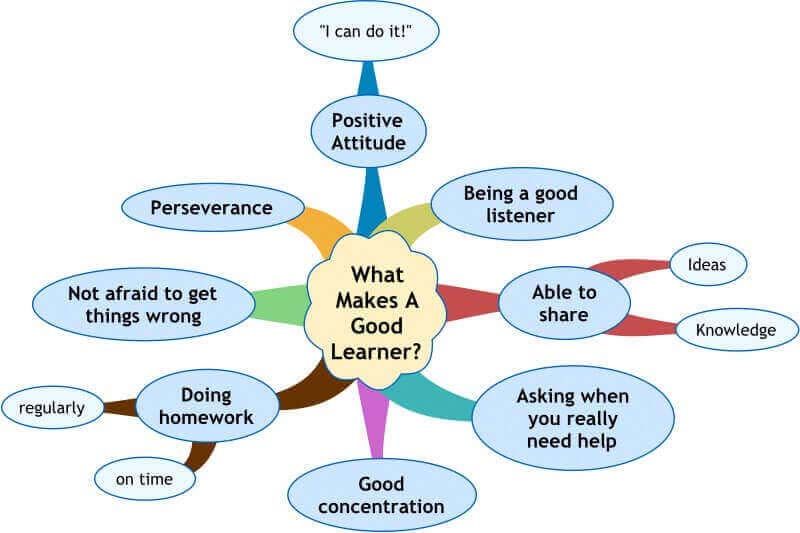 Then ask them if they can come up with a different word (synonym).
Then ask them if they can come up with a different word (synonym). - Play synonym games to see what words your child knows. For example, challenge yourselves to think of 10 or more ways to describe speaking (shout, whisper, mumble).
While you’re talking with your child, describe something specific from your day. Make sure to use interesting adjectives, and don’t hold back from using sophisticated vocabulary when talking with your child.
You can help your child’s vocabulary grow through day-to-day conversations and activities!
Ask Comprehension Questions
Understanding what they read is an important part of your child’s reading journey.
- To check for reading comprehension, we suggest pausing every other page to talk about what you’ve just read. Make this a natural reaction to the story, like you’re thinking aloud about the story or characters, so that it doesn’t feel like a test.
- Consider encouraging your child to act out and retell the story (for younger children).
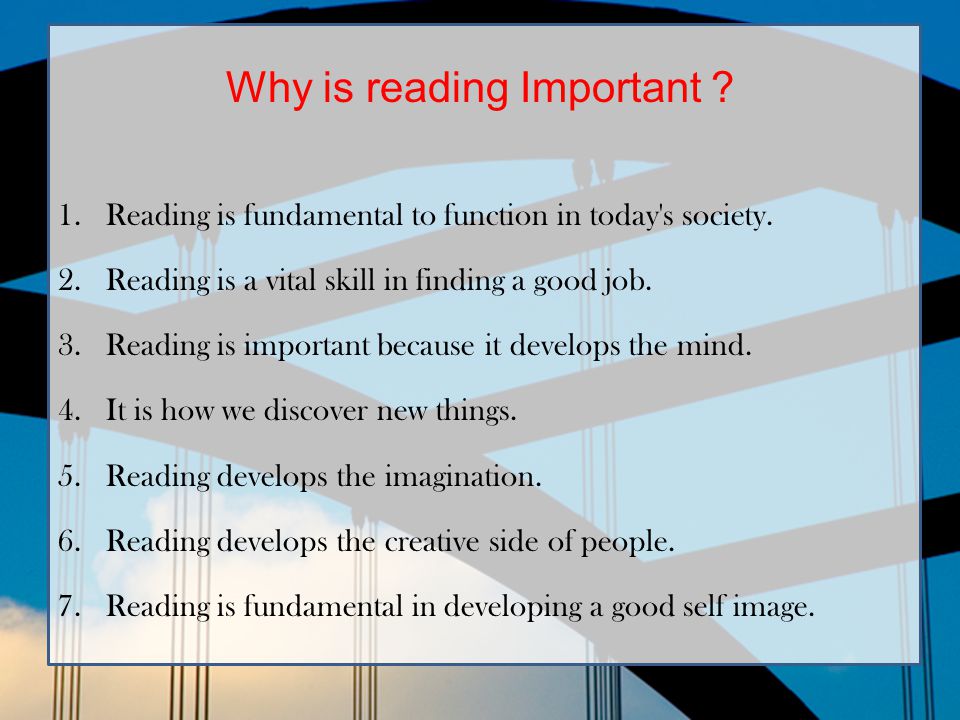
- Try discussing themes/lessons with your child (for older children). Remember: this isn’t a test, but a conversation between book lovers!
Talk To Your Child
When most people implement strategies to help their children improve their reading skills, they often forget about the importance of verbal communication. It’s essential to talk to your child frequently in short and simple sentences.
This includes singing songs, telling them wonderful stories, reciting fun nursery rhymes, and describing the world around them. All of this exposes children to lots of different words. It also helps them learn that language is a powerful tool for communication.
Discover Your Child’s Favorite Books
- Children often choose books that are a little below their actual reading level. At home, this is a good thing. It keeps reading fun and exciting!
- We recommend choosing books that interest your child — with a certain character or activity they like — so they’re curious and excited about reading.

Reading books your child enjoys together can encourage their love of reading. And letting them read those same books to you can boost their confidence over time.
Together, these two activities increase your child’s fluency and reading enjoyment!
Create A Reading Corner
Establishing a reading corner in your house can benefit your child. The setup doesn’t need to be elaborate. This can be a simple, quiet, private area where your child can confidently read independently or with you.
It’s also great for the spot to be well-lit and filled with lots of books your child enjoys reading.
Is Reading The Same Book Over And Over OK?
Just like you might pick up an old favorite book to read, your child may do the same, and that’s OK! At least you know they’re enjoying a good book and the process of reading!
Rereading books can have many benefits for a child, including:
It allows children to get more from the text. Have you ever developed a deeper understanding of a story after rereading it? That’s because the more you engage with a story, the more you can take away from it.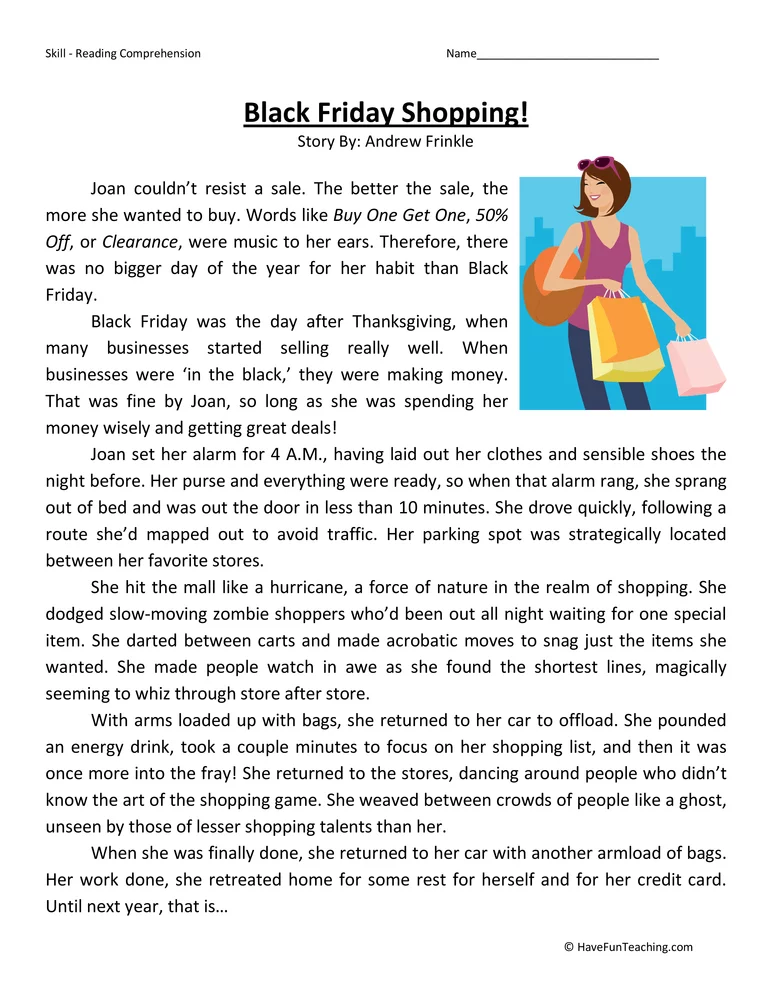
You can pick up on new information, establish connections between yourself and some of the characters, and even improve your understanding of the overall story.
Similarly, allowing your child to read their favorite books for the second, third, fourth (or more) time will enable them to get more from the story.
It also allows for bonding. Did you know that rereading books can help bring your family closer together?
Many of us remember a couple of books that our family read together regularly. This can be a holiday book or a favorite story. Rereading is a great way to get the whole family involved, as everyone can take turns reading and connecting on the same story.
What’s more, reading familiar books can actually help develop a young reader’s fluency. It allows them to learn the words and helps them become familiar with narrative structure or storylines (i.e. beginning, middle, and end), which builds reading comprehension later on.
So feel free to let your child choose the same book over and over!
FAQs About Reading Levels
What Reading Level Should My Child Be In Each Grade?
It’s challenging to answer this question because each child is different and will naturally develop at their own pace.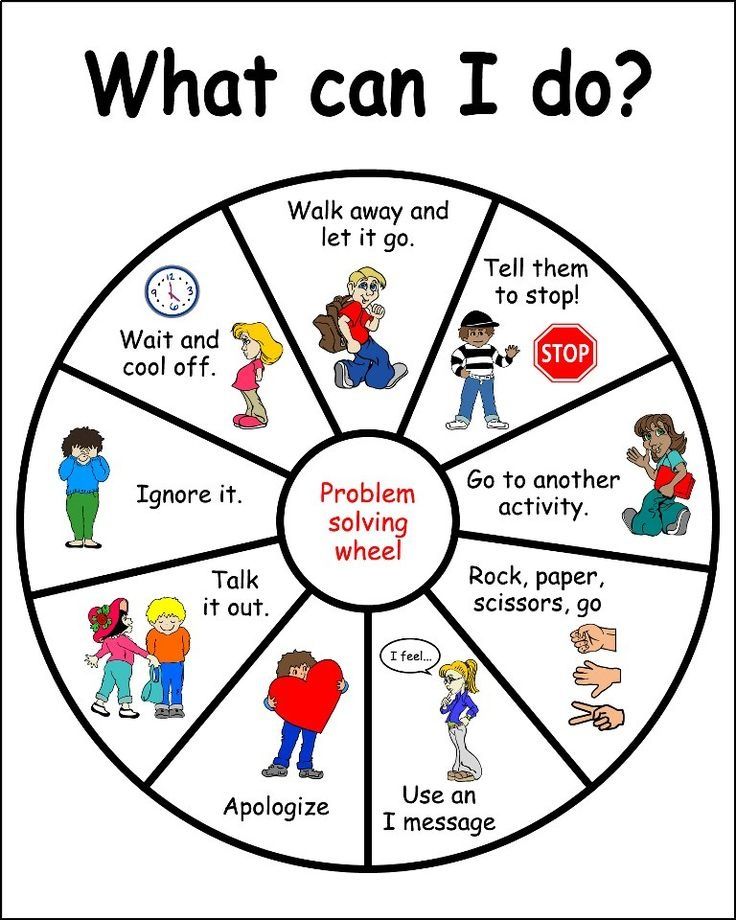 For example, just because your child’s friend has started reading fluently doesn’t mean your child will be able to do that yet.
For example, just because your child’s friend has started reading fluently doesn’t mean your child will be able to do that yet.
While no parent wants their own child to be a little behind compared to their peers, putting too much pressure on them to “catch up” might actually have an adverse effect. In fact, they might feel overwhelmed by the pressure and develop a negative attitude toward reading.
It’s also important to note that there’s no direct link between a certain Lexile measure and a specific grade level. When using any of the reading level measures we mentioned, remember that they are an estimate of a child’s performance and shouldn’t be interpreted literally.
Also, if you’re really concerned about your young learner’s development, you can always address those concerns with their teacher or another professional. They can offer tips and advice on how to best work with your child.
Finally, remember to be patient and positive no matter what. With lots of time and effort, your child will develop a lifetime love of reading!
Who Can Help Me Choose Books That Match My Child’s Reading Level?
The best place to start is to consult your child’s teacher. They will have the expertise to guide you in buying the right books for your child.
They will have the expertise to guide you in buying the right books for your child.
It’s also possible for you to look up most books online and find their reading levels. Furthermore, for beginner readers, there are publishers who label books in stages with age and/or grade suggestions attached.
If you’re homeschooling, you can also reach out to your local librarian or bookstores. As people who spend each day surrounded by books, they often have knowledge on this topic and may be able to recommend a few relevant books in your child’s reading level.
What If My Child Is Reading At A Lower Level?
The last thing a parent wants to hear is that their child’s reading level isn’t on par with their peers. But what can you do if, from the assessment used at your child’s school, you find out that your young learner is reading below the average grade level?
Firstly, it’s important not to panic. As mentioned earlier, kids develop reading skills at different stages of their development. Some children might be early readers, while others may take time to get there.
Some children might be early readers, while others may take time to get there.
The most effective way to help your child improve their reading level is by continuing to encourage reading at home. While reading, remember to discuss the content to ensure comprehension.
Reading For Fun
From assessments to the five-finger rule, determining reading levels varies across the board. No matter which method you choose, remember these measurements are meant to be helpful and encouraging, not stressful and limiting.
Keep this in mind when assessing your young learner. You don’t want your child to sense any stress about their abilities, as this might overwhelm them and have an adverse effect on how they view reading.
While reading is an essential early learning (and lifelong) skill, you want your child to LOVE reading and not only view it as a test of their intelligence.
At the end of the day, the way reading makes your child feel is more important than their reading level.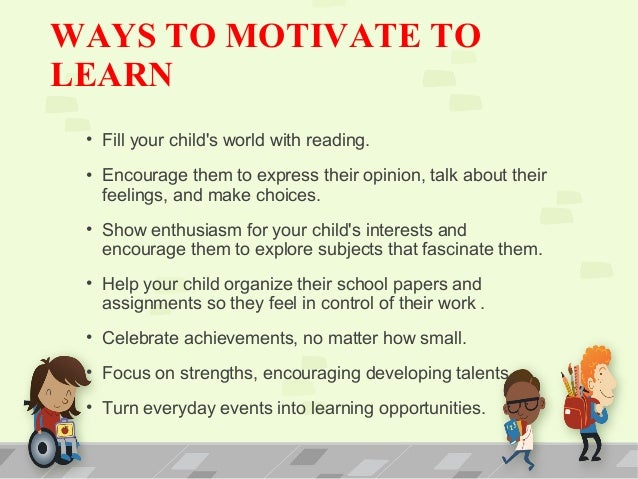 Each child learns in a way that’s special and unique to them.
Each child learns in a way that’s special and unique to them.
The HOMER Road To Reading
The road to discovering how to read can be a fun ride, but sometimes it’s bumpy. This is why we’re more than a learning program. We’re your learning partner.
If you’re looking for a resource to help develop your child’s love of reading and learning, consider taking a look at the HOMER Learn & Grow app. It’s full of stories curated based on your child’s interests!
When your child develops a love for reading, they’ll move up to the next level before you can say “Developmental Reading Assessment”!
Author
How To Determine Reading Level of Your Child & Match Them With Books
Many parents end up worried about choosing the right books for their children. Kids need books that they can read, understand, and enjoy. To ensure you are getting your child the right book to encourage their reading habits and help them improve, you need to understand how to determine the reading level of your child.
My eLearning World: Training Techno...
Please enable JavaScript
My eLearning World: Training Technology Without Borders
Every child is at a different reading level, and finding the right fit for them will allow you to buy the right books for them.
Books encourage creativity, help kids with comprehension and lead to their growth.
The good news is there are lots of tools and assessments out there to help you determine reading level, and once you know it, you can easily match your kid with the right books thanks to apps like HOMER and other resources.
First, let’s understand what it is before moving to how to determine reading level.
What is a Reading Level?
The reading level simply helps you determine your child’s ability to read independently.
Identifying your child’s reading level will aid you in picking out the best-suited books that keep them engaged and also challenge them to improve.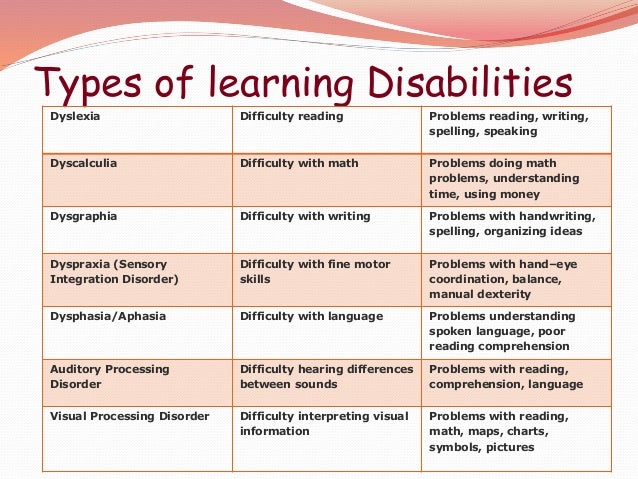
Every child is unique and so are their development speeds. Your kid’s reading level doesn’t need to be the same as the reading level of the grade they are in. They can be at different levels as compared to their peers and that is completely fine.
Determining the level is not to stress you out but to help you identify what your kid needs and how to help them grow and learn most effectively.
These levels are not meant to be looked at like limits.
Introducing your kids to books of their reading level will encourage them and give them the confidence boost to continue reading.
Why Is Vital To Identify Reading Levels?
Identifying reading levels is vital because you want to find the content for your kid that keeps them engaged and stirs creativity. Giving them a book too hard for their level will make them frustrated and lose interest (potentially compounding their reading difficulties), and so will a book that is too easy for them.
Finding the right match is where reading levels come in.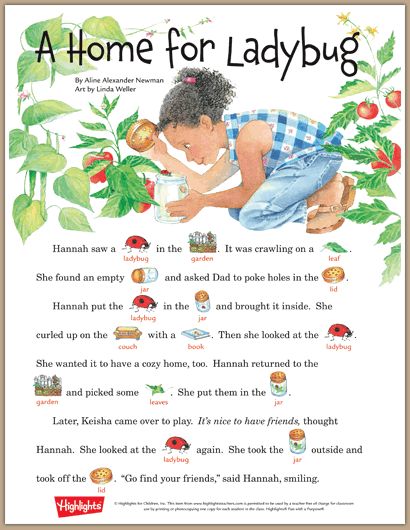 The books provide them with the right level of content, creativity, and push to move forward.
The books provide them with the right level of content, creativity, and push to move forward.
Once you identify the reading levels, you can use it to search for the books of that level online or in libraries and stores. There are multiple applications and programs that help you in determining your kids’ reading level which means you will know exactly what you are looking for your kids, no more guessing your way in bookstores.
Ever Heard Of ‘Text That Fits’?
Books are made-to-order. There is no one size fits all strategy or a certain book time relevant for class levels. Each student is different and should be treated as such.
Finding a text that fits is about linking the right text to the right kid. This only happens when you individually understand the needs of each kid when it comes to the content, the interest of the reader, and the book design.
It is important to measure the exact text that fits your kid, that will keep changing as they grow, instead of just providing them with the average book available for that class or grade.
How To Measure Reading Level
There are a few different methods out there you can use to determine reading level:
Fountas-Pinnell Guided Reading Level
This methoduses benchmarking to determine levels. Your kid will sit with their teacher, one on one, and read from a benchmark book for that grade level. The teacher will take notes of missed words, test the pupil’s understanding and ask questions to identify how well the student is doing with the book.
GRL books range from A to Z, the levels starting from A. The teacher will keep track of progress and will move the kid along to more difficult levels. Factors include repetition, the complexity of sentences, and sentence length. This is beneficial as it is widely used, individually tracks development and your child is guided to improve through a proper system.
Grade Level Equivalent
The grade level system is based on assigning grades to the books. This is dependent on the age and the level of education of the kid, what students are typically reading at that age.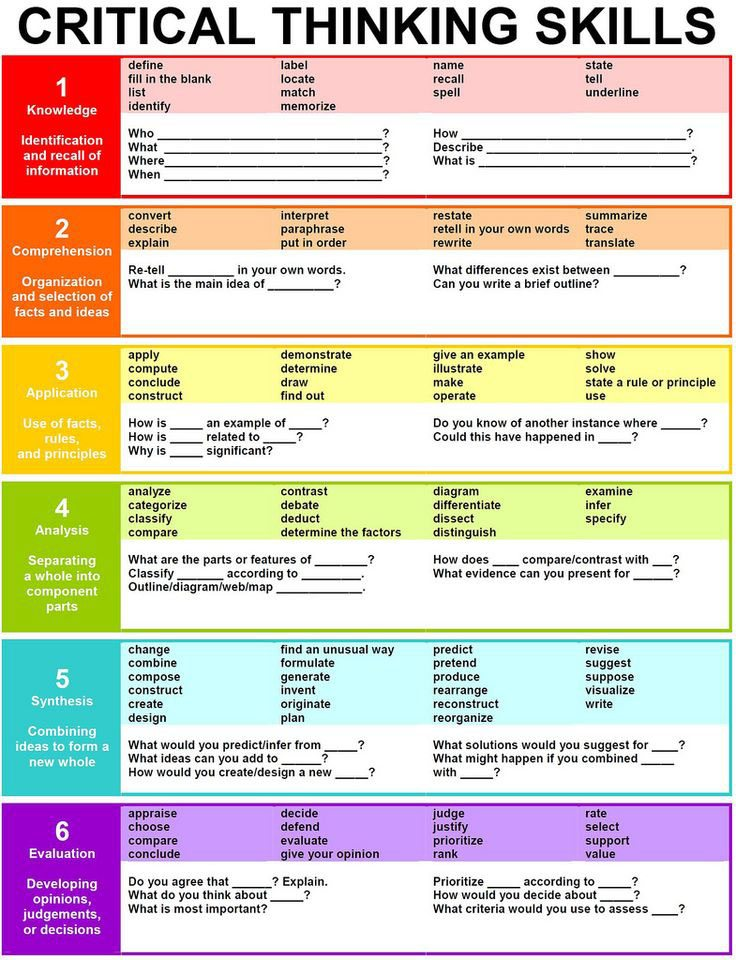 It comes with a decimal point, which indicates the number of months into the school year, so a 3.2 means a third grade, two months into the school year.
It comes with a decimal point, which indicates the number of months into the school year, so a 3.2 means a third grade, two months into the school year.
This can be a helpful metric for parents to figure out what books their kid’s friends are reading and what is expected of their kid. However, this is not the benchmark, as every kid is different and develops uniquely.
Developmental Reading Assessment
Developmental Reading Assessment (DRA) involves reading a benchmark book at the beginning of the school year. The child is scored on a range of skills such as accuracy of reading, comprehension, and fluency.
Accuracy
The number of words they can read correctly. The ideal range is 90 to 95% of the words being read correctly, more words read correctly means the book may be too easy for the child and they are eligible to move to the next level. If the accuracy is below 90%, then the book is too difficult, at a frustration level.
Fluency
It is how many words can a child read per minute, it mostly tests the speed and is irrelevant at the earlier stages.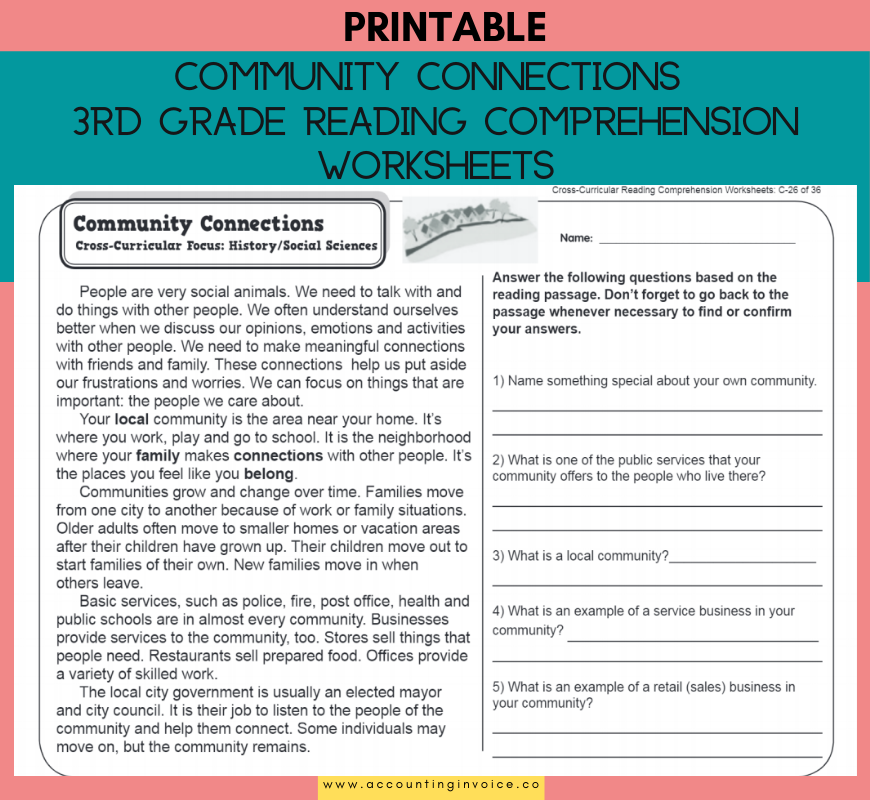
Comprehension
This tests their understanding of the words they have read. This can vary from just facts to deeper insights at different levels.
Children who read books matched to their DRA level make improvements in their reading and enjoy their reading too.
Lexile Framework For Reading
This measure determines the level of difficulty using a scale called Lexile. It matches your kid’s reading ability to the books. The scale ranges from 0L to 2000L. It uses the Scholastic Inventory test scores to analyze the reading level of a given text. The students take a standardized test or the Scholastic Reading Inventory to get a reading level matched to their reading ability.
The concept is for the kid to read between the Lexile range. 100L below and 50L above. If your kid has a Lexile score of 300, they will be reading books with a Lexile score between 200L to 350L.
This allows a school to properly measure a child’s reading level multiple times a year to match the kids with the books perfectly suited for them.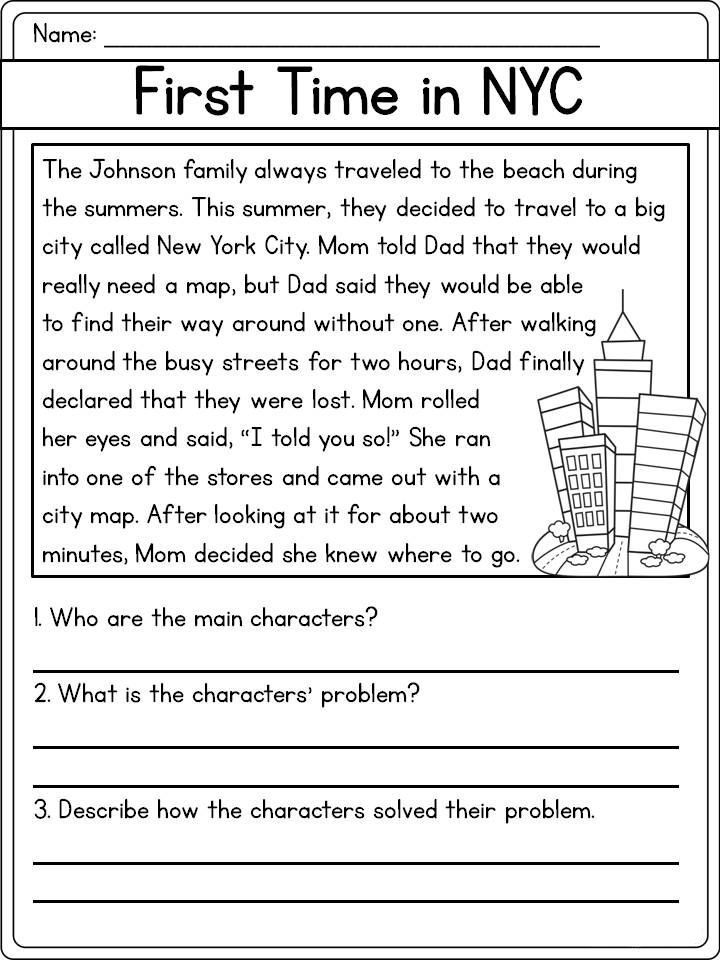
Accelerated Reader Book Levels
The Accelerated Reader formula is a complicated readability formula that determines the complexity of a text. It uses grade level ratings to determine what year and month a student could independently read a book.
Accelerated Reader differs from traditional grade-level equivalents in that it also considers interest level. This indicates whether a book’s material is appropriate for the given grade level.
How To Find The Reading Level Of A Book
Now that you have determined your child’s reading level, you are probably wondering how to identify if a book is of that reading level. Several tools help you with this.
1. Scholastic’s Book Wizard
You can search using Scholastic’s Book Wizard tool, the author, and title to find the reading level of the book. It has a database of over 65,000 children’s books. If you don’t know what book to go for, you can search using the reading level too to look for suggestions.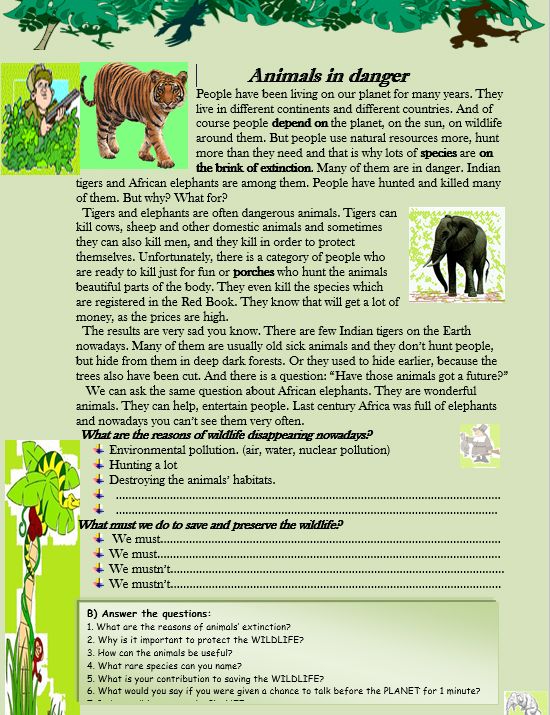
2. Renaissance ATOS Analyzer
The analyzer uses a readability formula to calculate how easy or difficult something is to read. This is a good option if you can’t find the reading level of a book using any other tool. Just copy a text of the book into the ATOS Analyzer to see how it scores.
3. Lexile Look Up
The Lexile tool allows you to search for books using the ISBN. Just enter the ISBN of the book in the search tool, to see if the book is in the database and check its reading level. The Lexile lookup also has the option for you to view a list of books based on your child’s reading level, allowing you to choose from the suggestions.
4. Accelerated Reader Search Tool
The AR search tool informs the parents about the grade level of the book which tells you if a child will be challenged by the book or will it become frustrating for the kid. It allows you to search for a particular book’s readability, interest level, and Lexile level.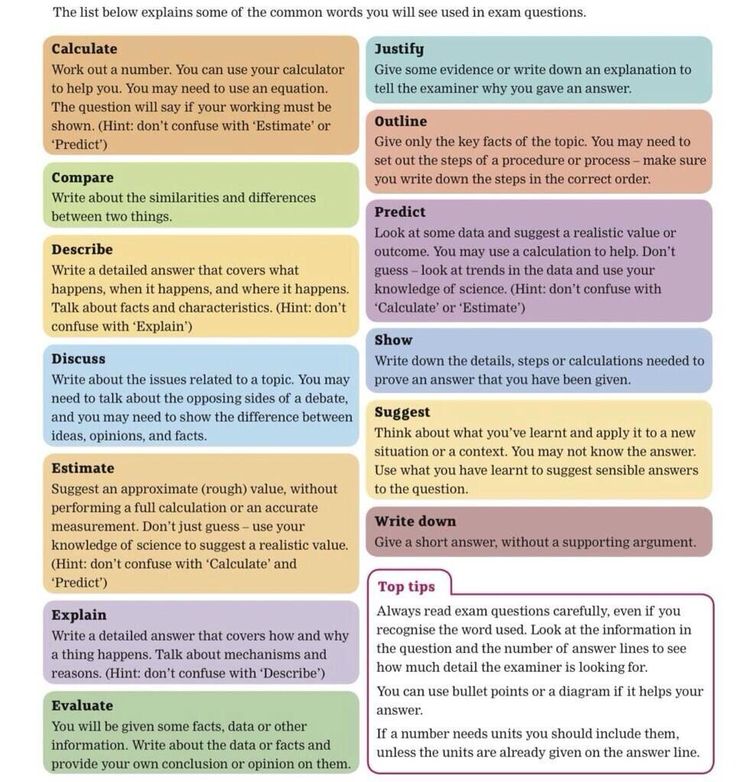
5. Correlation Chart
The correlation chart is perfect if you want to compare a specific measure you know but are looking for another one. It allows you to find the reading level and use the tool to compare the reading level in another measurement. It is part of the State of Washington Public library system.
What Is The Five-Finger Test?
The five-finger text is a cool trick you can teach your kids to figure out if a book matches their reading level. It allows your child the independence to choose the right book on their own too. But what is this five-finger test:
- Step 1:Ask them to pick up any book they want to read.
- Step 2: Flip the pages, open the first or any page in the middle, make sure it has the same level of text as the other pages.
- Step 3: Ask them to read it and hold up a finger, from a closed fist, for every word they don’t know or understand.
If the number of fingers up is 0 or 1, it is an easy book, and they can complete it independently.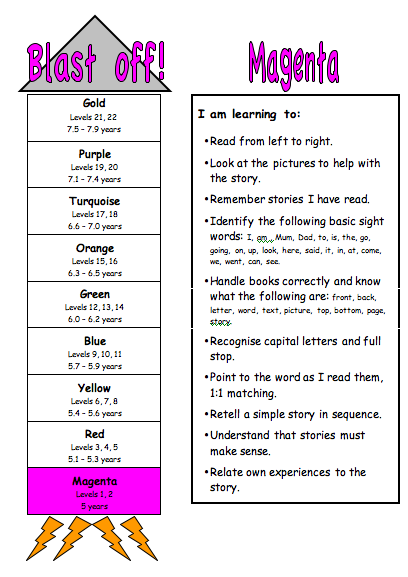 If they are holding up 2 to 3 fingers, it’s just right for them.
If they are holding up 2 to 3 fingers, it’s just right for them.
It will keep them on their toes.
It is a sweet spot where they will be encouraged to find the meanings of the unknown words.
If they are holding 4 and more, it will be a little challenging for them to read, and they will need a reading buddy, choose this book if you are planning to read it aloud with your kid.
Matching Your Child with the Right Books
Matching the right books is important to your child’s development. Handing them any book will make them lose interest and dissuade them from reading forever.
1. Use reading apps
HOMER - The Essential Early Learning Program and App for Kids 2-8
HOMER is a personalized learning app designed to help kids fall in love with learning. There are over 1,000 learning activities across all subjects, and the content is tailored to your child's age and interests.
Try It Free
We earn a commission if you make a purchase, at no additional cost to you.
Now that you have been introduced to reading levels and how to help your kid along the way, you can use reading apps to match your kids with books that fit them just right.
HOMER can be your learning partner. This educational app provides you with a lot of avenues, from figuring out the reading level to the Learn and Grow app, which is full of a library of books and stories based on your child’s interests.
HOMER Reading is an interactive channel to spark your child’s passion for reading. It has proven to increase reading scores by 74% with just 15 minutes a day.
The program is full of worksheets, games, activities that grow with your child.
HOMER pricing is very affordable at $9.99 a month or lower if you pay for a year in advance.
Click here to try HOMER free for 30 days.
2. Talk to your kid’s teacher
Keep constantly in touch with your child’s teacher. Ask them what you can do, how you can help, and the best ways to support your child at home. The first step is understanding where your child is at, this will help you decide on the books you should get for them. To understand their progress, it is best to consult their teacher.
The first step is understanding where your child is at, this will help you decide on the books you should get for them. To understand their progress, it is best to consult their teacher.
Ask the teacher about the genres you should experiment with your child and the methods you can incorporate to make the reading experience better.
3. Learn about reading levels
Understanding and figuring out your child’s reading level is important. Guided reading levels are used by teachers to match your kids to their level of books. We have made figuring out reading levels easy for you too, so now you can do it at home. You can match your child’s reading level to the books available online or in stores. You can find a book’s reading level in the product details.
Reading levels are chosen for books based on a variety of factors that make a huge difference in how your child retains information and comprehends.
- Text structure
- Content and theme
- Complex sentences
- Vocabulary words and phrases
- Illustrations
4.
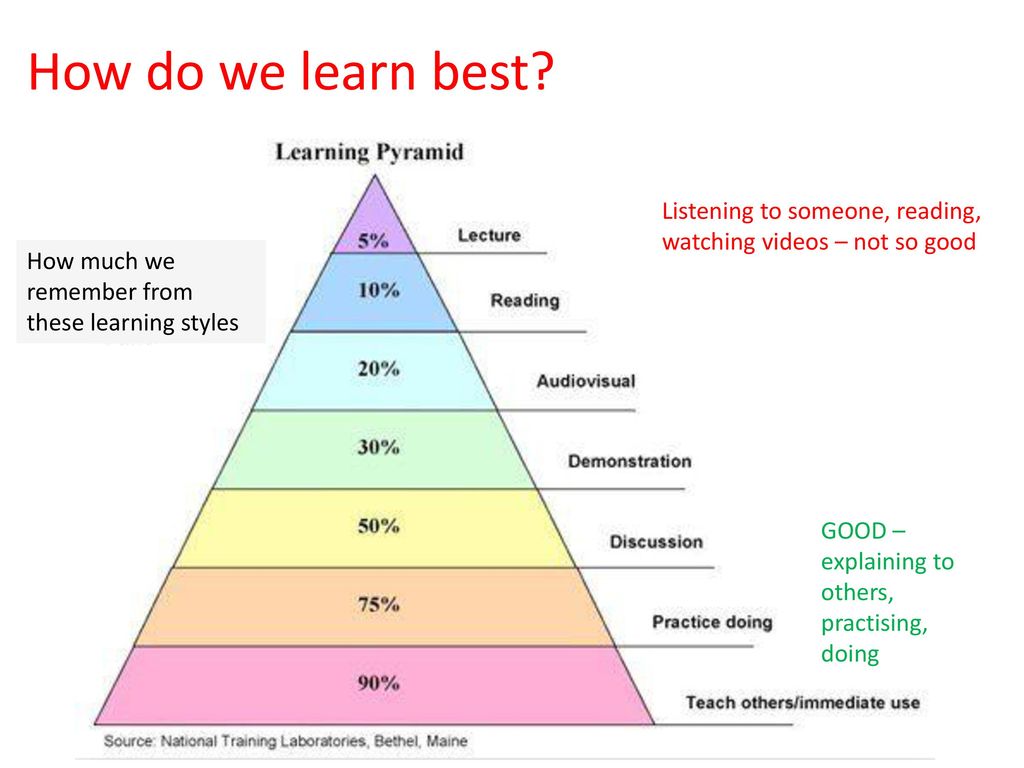 Follow your child’s interest
Follow your child’s interestYour kid might not be picking up a book just because they haven’t found anything to their taste.
Studies have found that 42% of kids have trouble finding the books they like.
Focus on what interests your child and bring them varieties and see what they stick on.
Notice the shows they watch. If they are more into fiction as compared to non-fiction. If they like animal stories, introduce them to fables.
A lot of young kids are interested in adventures, and suspense books keep them hooked till the mystery is solved at the end.
Keep introducing your kids to different tastes till they find the one that clicks.
5. Explore diverse books
Experiment with different kinds of books. Starting with picture books at an early age is always a good idea. Kids learn to associate words with objects and places. Graphic novels with illustrations often prove to be interesting for your child. The images are not an easy way out, but they help instill comprehension in your child.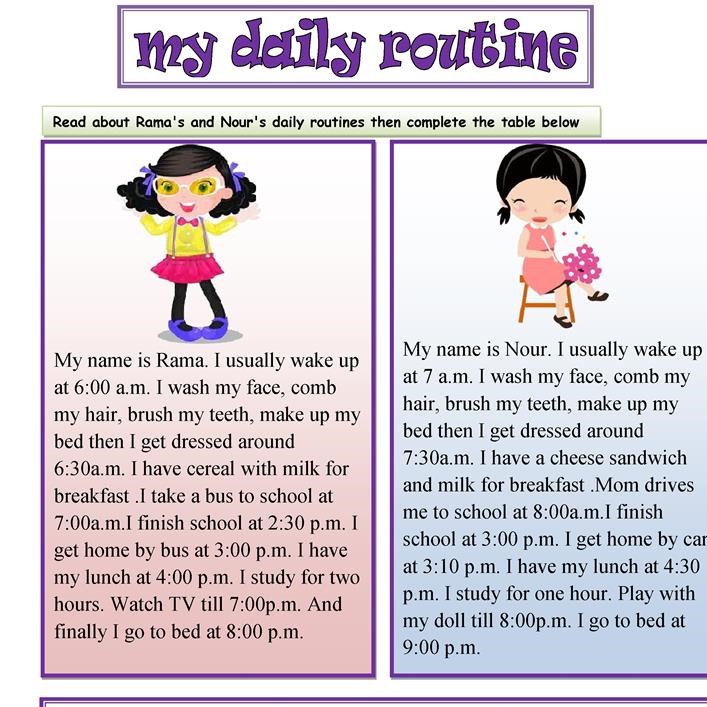
When your kid is ready to move out of picture books, introduce them to chapter books for long-term stories. It will help develop their love for reading.
The Growing Reader
This is how your growing reader progresses from kindergarten to 3rd grade:
Kindergarten is when your kids start their reading journey. As this school year comes to an end your kid will most likely be able to read and write basic words, know most letters with their sounds, match similar sounding words, and might also be able to read simple text.
First grade. By the time your kid is done with their first year, they would have learned to read many more words and like most other first-graders might also be able to read simple books independently. This is the time when they will be taught phonetic patterns and understand sentence formation, connecting meaning, and joining words. They will be able to identify an increasing list of words by sight.
Second and Third grade. In second and third grade your kids will continue with their learning of phonetics, moving to more advanced patterns. This is when you will notice your child’s reading gets stable, they will be more fluent and expressive when reading, will read out aloud and focus on the text and try to gain as much learning as they can from it. They will want the availability of different genres and might also start to identify different authors, develop a preference for an author or genre. They will start to explore the world around them; the reading will now be to learn.
In second and third grade your kids will continue with their learning of phonetics, moving to more advanced patterns. This is when you will notice your child’s reading gets stable, they will be more fluent and expressive when reading, will read out aloud and focus on the text and try to gain as much learning as they can from it. They will want the availability of different genres and might also start to identify different authors, develop a preference for an author or genre. They will start to explore the world around them; the reading will now be to learn.
It is natural to be concerned about your child’s reading speed and understanding, if at any point you feel there is a problem, consult your child’s counselor, teacher, and doctor if needed. Identification of a problem early on will allow you to address it proactively bringing about the best results for your kid.
How To Raise Your Child To Become A Fluent Reader
You can help your child along the way to become a fluent reader.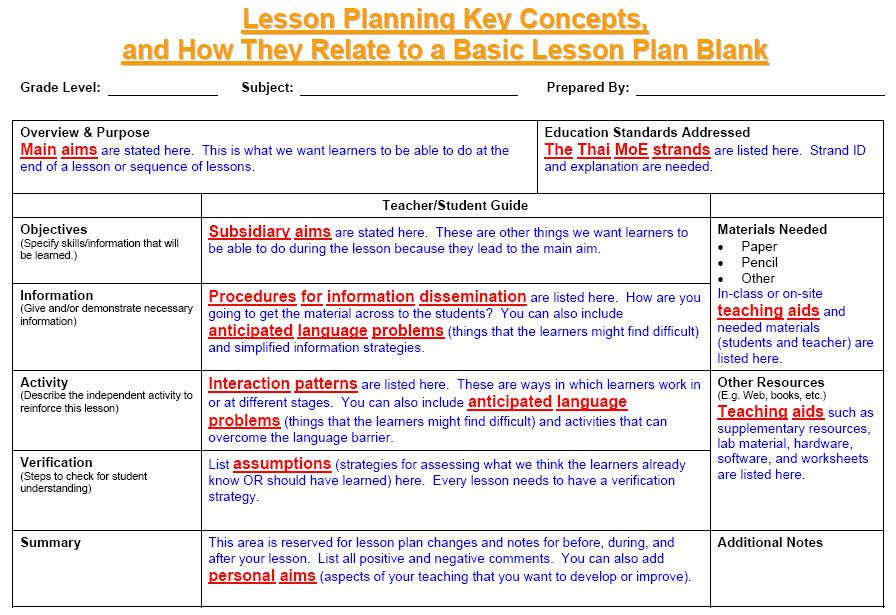 you can now easily determine your child’s reading level, now you need to identify, choose the right books along, pay close attention to your kid’s reading habits to see how you can help. Working on the suggestions below will help you raise your child to become a fluent reader.
you can now easily determine your child’s reading level, now you need to identify, choose the right books along, pay close attention to your kid’s reading habits to see how you can help. Working on the suggestions below will help you raise your child to become a fluent reader.
Check Cues
Focus on what your child is using to understand and figure out the text. Are they dependent on pictures, are they using context clues to make sense of what word should come next as they read sentences? Is your child getting trapped by hard to sound words and are they trying to sound out the words aloud to make sense of them?
Track Vocabulary
The best way to keep a track of and improve your child’s vocabulary is to play word games with them. Ask them synonyms of a random word, ask them to derive smaller words from a big word, tell them the meaning along the way so they keep learning. Do word puzzles with them daily.
Challenge them to think of a specific number of synonyms or rhyming words.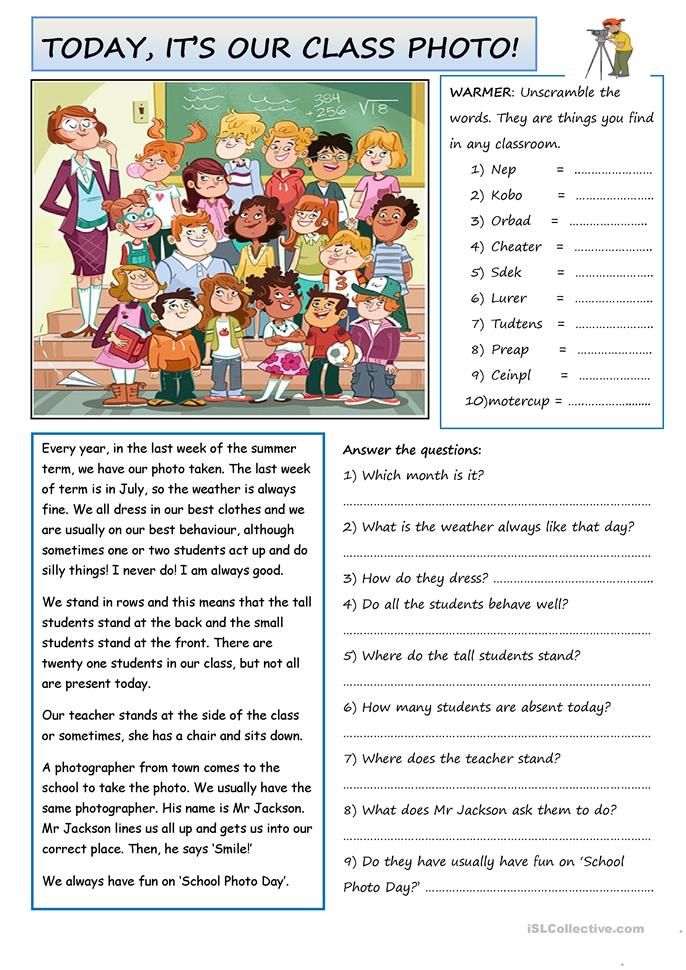 Use interesting adjectives to describe things around you when you go out, teach them on the spot. Make sure you use proper vocabulary with your kids, don’t be afraid to use difficult words, it will only help them improve.
Use interesting adjectives to describe things around you when you go out, teach them on the spot. Make sure you use proper vocabulary with your kids, don’t be afraid to use difficult words, it will only help them improve.
Ask questions
Check their comprehension, ask them to talk about what they have read. Ask them for their opinion, make it a natural thing to discuss the story and their take on it.
Have conversations with your young one
It is vital to understand the importance of verbal communication with your child. They adopt the words you use around and with them. Conversations will help them develop an understanding of words, structures, and their meanings. Tell your kids stories from a young age develops an interest in them for stories which can eventually translate into reading the stories for themselves.
How to Make Reading Fun for Kids
It is not mandatory that your kid loves reading from day 1, but there are ways to make the activity fun, engaging and make reading a lifelong habit for your kid.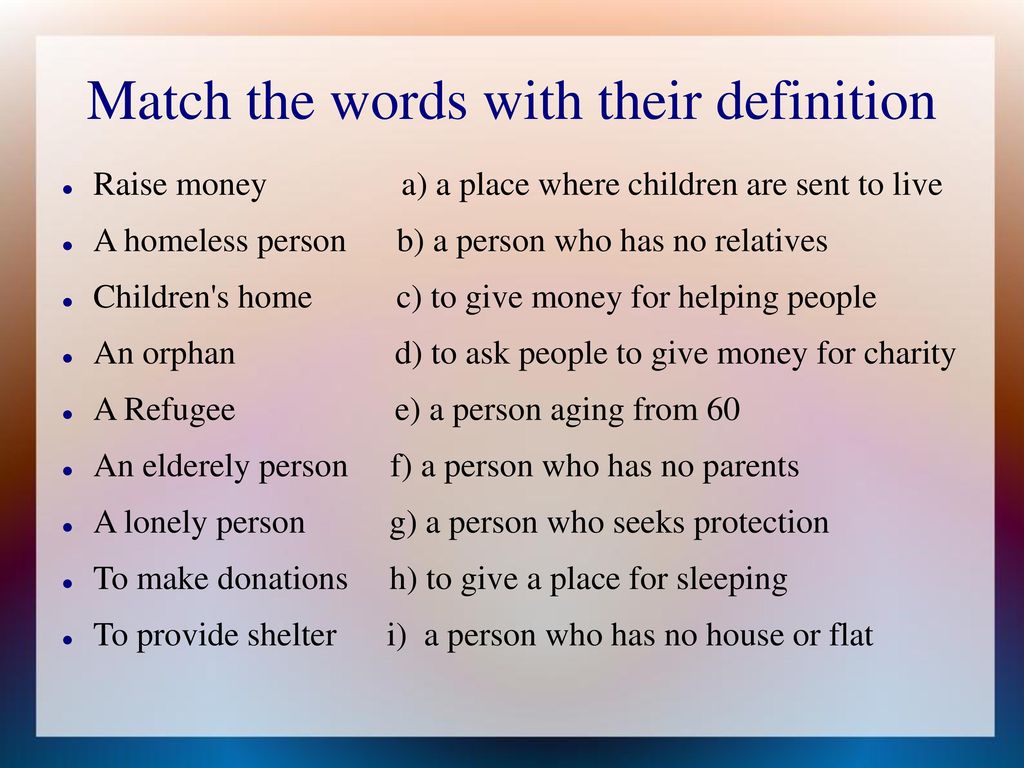 These strategies will make reading fun for your kid:
These strategies will make reading fun for your kid:
1. Flexible reading
To develop their interest in reading, you need to ensure they have the time to read. Enable them with a lot of opportunities and resources. Ensure your kid is under no pressure to read but has the flexibility to pick up a book anytime during the day. They shouldn’t have to report back if they don’t feel like it. Allow them to read at their own pace.
2. Choose books themselves
Reading is fun only when the kid is reading what they want to. Allow them the room to choose what books they want to read. You can offer suggestions about the next series or another author. More often your kid will tell you what kind of book they want to read and you will have a genre to choose from.
3. Bring in technology and their smart devices
The digital generation can be hardly convinced to leave their screens, and one way to incorporate reading is to integrate it into their screen time.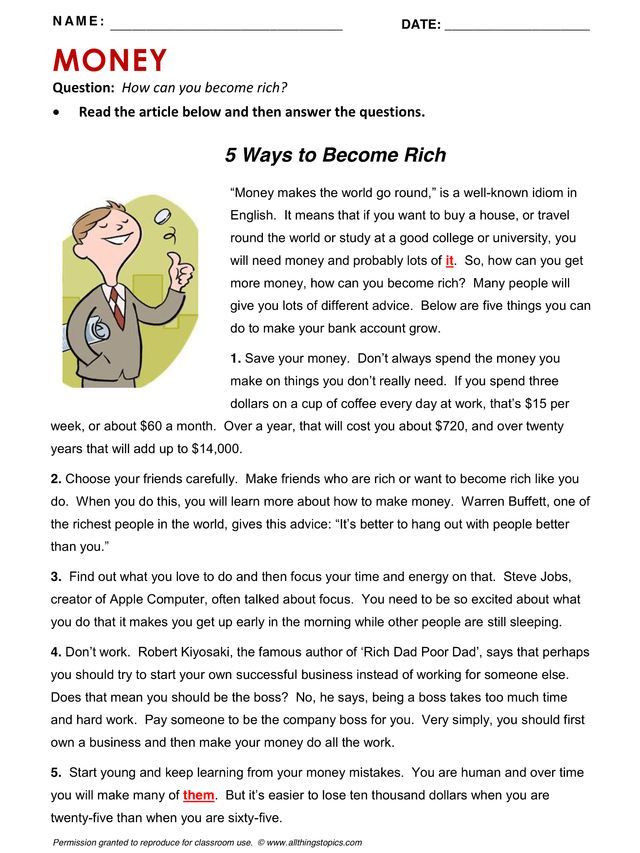 Provide them with online libraries to browse through, interactive eBooks, and audiobooks. Augmented reality keeps the students engaged by bringing the text to life, through images, videos, and sound.
Provide them with online libraries to browse through, interactive eBooks, and audiobooks. Augmented reality keeps the students engaged by bringing the text to life, through images, videos, and sound.
Reading apps, like HOMER, can make it fun and exciting for kids to improve their reading skills. A lot of times, kids will be learning without even realizing it because the games are so fun.
4. Ensure a peaceful environment
You can create a stress-free space for you and your kids to just let go, grab a book and settle in for 10-20 mins during the day. Decorate the space with bean bags, comfortable lighting, cushions, plants, and mats. Allow them to retreat to their corners of the room to read while you retreat to yours.
5. Engage with reading contests
You can create small rewards and challenges to make the activity fun. Offer them gifts and host competitions if they reach certain progress. This will motivate and also make it fun for you and the kids.
6. Introduce post-reading fun
Post-reading activities allow you to keep a tab on your kid’s comprehension skills and ensure they are understanding what they read. Plan some fun activities, ask them to write alternative endings to stories, make them serious or silly. Act out different characters, encourage them to develop a skit around the story, and act it out. This will encourage creativity as well.
A Final Word on Determining Your Child’s Reading Level
Whether you’re homeschooling your kid or just working with them after school, understanding their reading level and working with them to find books that fit their skills can help foster a lifelong love of reading.
Remember, every child learns at a different pace, so be patient and consistent when helping your child improve their reading skills.
Have any questions about how to determine reading level for kids? Comment below so we can help.
- Author
- Recent Posts
Fatima Mansoor
Fatima Mansoor is a freelance writer covering education technology.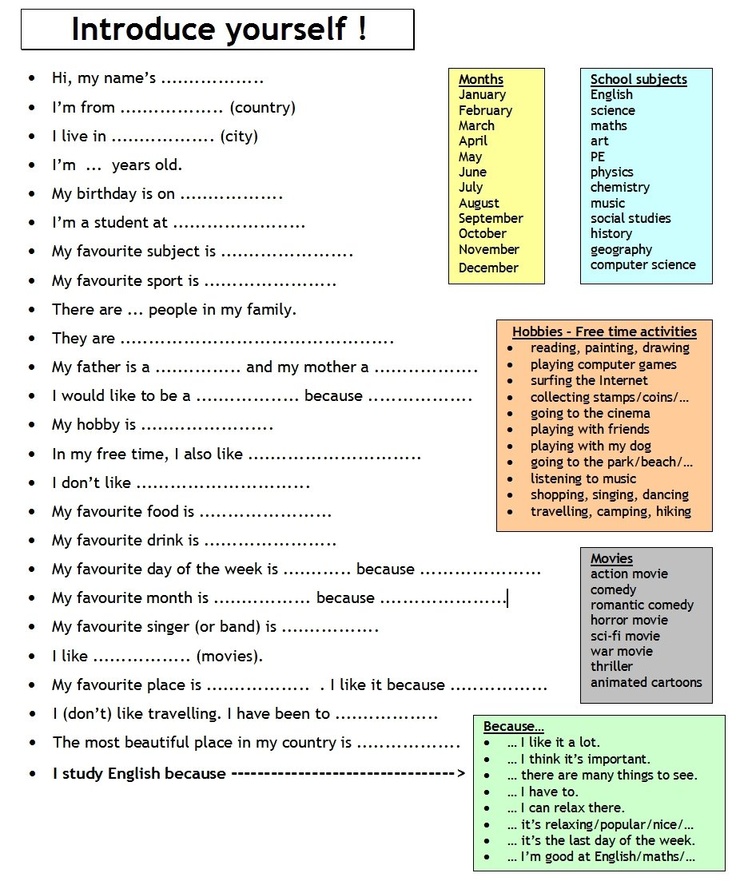 She has a Master of Arts (MA) in English Language Teaching.
She has a Master of Arts (MA) in English Language Teaching.
Latest posts by Fatima Mansoor (see all)
Reading diagnostics (method, tempo, comprehension and expressiveness)
Not all children easily master reading, this is due to many reasons. Automating a skill is a complex process and rarely happens on its own. For different children, it lasts from 1 to 3 years, and in case of difficulties - up to 5-8 or more.
In order to determine the nature of your child's difficulties, we will highlight the components of the reading skill that reflect his success or failure. nine0003
Reading method.
A child goes through several stages in the course of mastering reading skills.
1. First, he remembers the image of the letter and compares it with the sound - a syllabic way of reading.
2. Then he learns to merge sounds into syllables - reading by syllables and the whole word.
3. Then he masters the fusion of syllables into words - reading the whole word and syllable by syllable. Gradually, the child begins to read whole words and groups of words. The next task is to make this skill stable, bring it to a skill, and subsequently to automatism. nine0003
Gradually, the child begins to read whole words and groups of words. The next task is to make this skill stable, bring it to a skill, and subsequently to automatism. nine0003
Each stage is a ladder rung for children to climb. They cope with their task in different ways: someone quickly moves from step to step, someone lingers on each step for a long time. But no one can jump over a step; everyone successively passes through these levels. And at each stage, it is possible and necessary to work on the correctness of reading, achieving the unmistakable pronunciation of letters, syllables, endings, words, and so on. Naturally, at each "step" the specifics of the work will have its own characteristics. nine0003
Reading pace.
The pace of reading directly depends on the "step" at which your child is currently. The less perfect the way of reading, the slower children read. For those who are on the first steps, reading presents the greatest difficulty. Therefore, low reading speed is natural for them. Speed shows not only the child's ability to read individual words, but also how much the child understands the meaning of what he read: the higher the speed, the higher the level of understanding. There are certain reading speed standards for schoolchildren. nine0003
Speed shows not only the child's ability to read individual words, but also how much the child understands the meaning of what he read: the higher the speed, the higher the level of understanding. There are certain reading speed standards for schoolchildren. nine0003
Regulations.
- By the end of the first semester of first grade, each child should be able to read at least fluent syllabic reading at a rate of 30-35 words per minute.
- By the end of the first grade, the standard reading rate increases to 45 words per minute. This is the minimum score for a "satisfactory" rating. An excellent student should read 50-55 words in a minute. The child should read short words in their entirety, without dividing them into syllables, long ones - by syllables.
- The rate of reading in the second grade should be 55 words per minute at the end of the first half of the year, and 60-70 words per minute by the end of the school year. Whole words should be read, and only especially long ones by syllables. nine0003
nine0003
- And finally, in the third grade, the reading speed by the end of the first half of the year should be 75 words per minute, by the end of the year - 90. You need to read in whole words and without errors, that is, without omissions, replacements and repetitions of letters, syllables, words, with the correct setting of grammatical and logical stresses. In addition, reading comprehension and the ability to briefly retell the content are assessed. The mark depends on the speed indicators. The lower the speed, the lower the score. Figuratively speaking, the student at the beginning of his reading journey appears to be a car driver, and the teacher is a traffic police inspector who punishes not for speeding, but, on the contrary, for slowness. nine0003
Understanding, method, correctness.
In order to say with confidence that the child has mastered the skill of reading, a high reading speed is not enough. This is by no means the main thing. It is much more important that the child understands every word of the text and its meaning as a whole.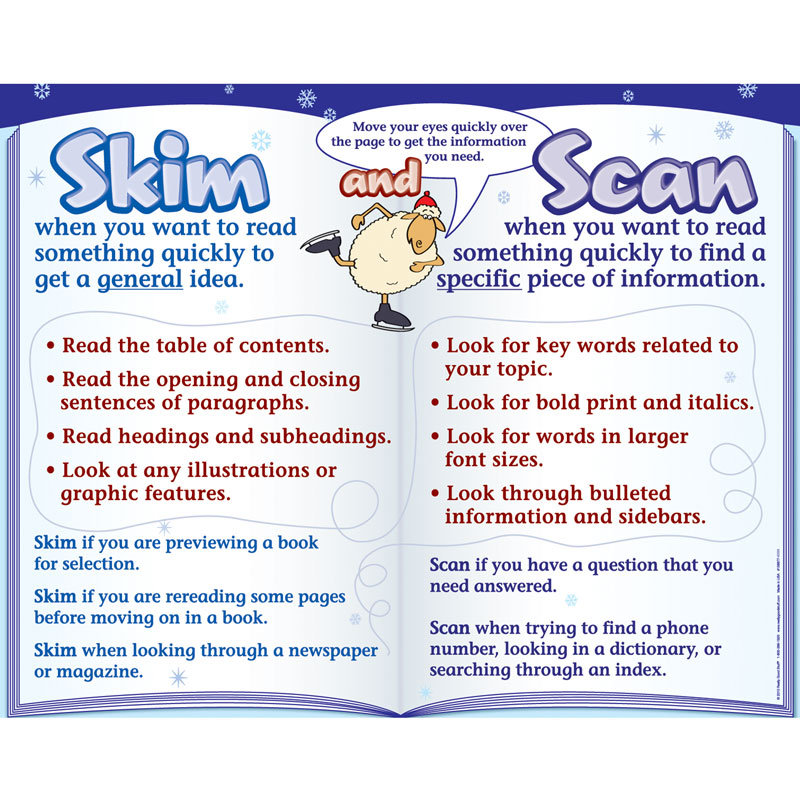 For this, it is necessary that the child has a vocabulary appropriate for his age, and also knows how to competently build grammatically correct constructions. Thus, the depth of understanding is determined not only by the method and pace of reading, but also by the general level of speech development. At the same time, reading and speech are two sides of the same coin: the more a child reads, the better speech develops; the better the speech is developed, the more serious and deeper the understanding of what is read. nine0003
For this, it is necessary that the child has a vocabulary appropriate for his age, and also knows how to competently build grammatically correct constructions. Thus, the depth of understanding is determined not only by the method and pace of reading, but also by the general level of speech development. At the same time, reading and speech are two sides of the same coin: the more a child reads, the better speech develops; the better the speech is developed, the more serious and deeper the understanding of what is read. nine0003
Expressiveness of reading.
Expressiveness plays a special role in understanding the content. No wonder children love it so much when they are read aloud to them with expression. Emotionally colored reading contributes to a deeper and more detailed understanding of the text, its nuances and plot twists. But learning to read expressively is a rather difficult task for a child. Full expressiveness is possible only when the reading technique is brought to automatism.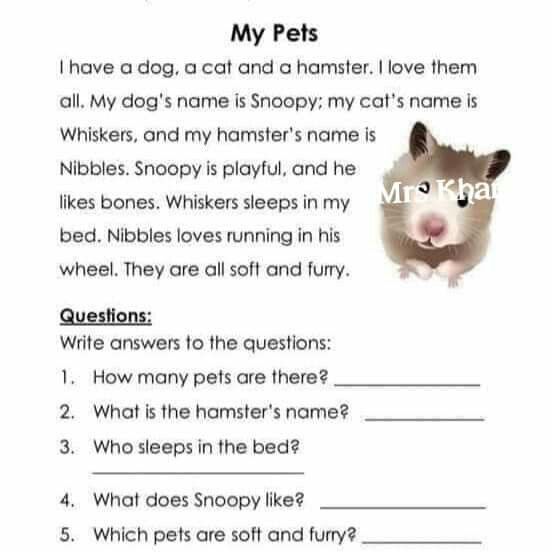
However, even in the early stages of learning, it is possible and necessary to pay attention to how emotionally the child reads. At the initial stage of mastering the reading technique, you need to follow a loud and intelligible pronunciation, at first it makes no sense to demand more. However, the task will gradually become more complicated: it will be necessary to help the child find the right intonations, use pauses correctly, and place logical stresses. Punctuation marks will help to cope with this difficult task. nine0003
School Curriculum Expression Requirements:
- By the end of the first grade, the student should be able to observe pauses separating one sentence from another, and pauses dictated by punctuation marks in sentences.
- By the end of the second grade, the correct intonation at the end of the sentence is required, as well as the observance of pauses and intonations corresponding to punctuation marks. In addition, the child must highlight when reading words that carry a large semantic load.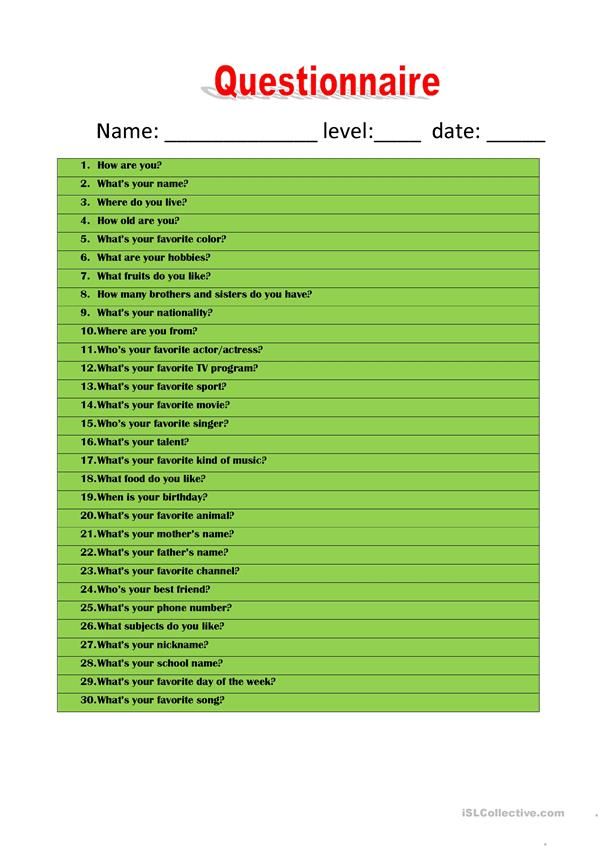
- By the end of the third grade, expressive reading involves the ability to find intonation (tempo, logical stress, pauses, tone) corresponding to the content of the text being read, to use the main means of expression.
How to determine the way a child reads?
Note to parents.
Do you want to know where your child is in learning to read? The following test task will help you with this. Below are 3 texts, each one geared towards a particular way of reading. nine0003
Text No. 1 is intended for children who are at the stage of forming a syllable-by-syllable way of reading.
Text №2 - for children improving their reading skills.
Text No. 3 - for children who already know how to read most of the words in a synthetic way, that is, the whole word.
Choose the text that you think matches the child's skills and have him read it. If during the reading process you see that the text you have chosen is too simple or, on the contrary, too difficult for your child, try to complicate / facilitate his task by choosing another text from among those offered.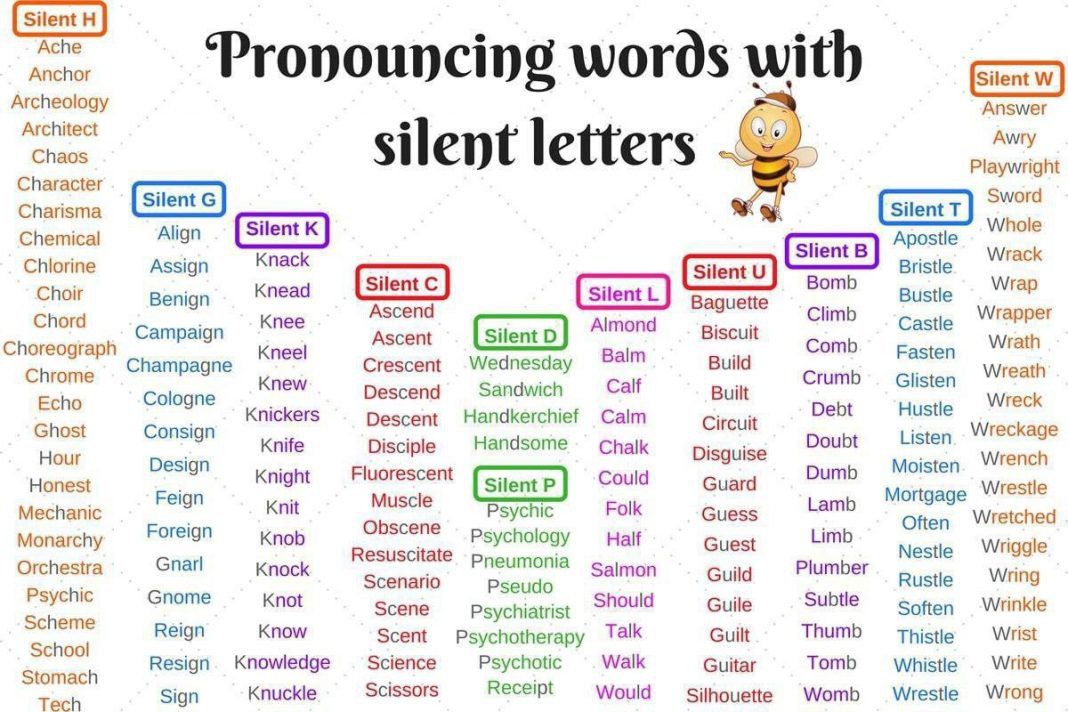 nine0003
nine0003
Text 1. The fox and the wolf (excerpt)
There lived a grandfather and a woman. The grandfather says to the woman:
- You, woman, bake pies, and I will harness the sleigh, I will go for fish.
Grandfather caught a full cart of fish. He goes home and sees: the fox is curled up, lying on the road.
Grandfather got down from the cart, came up, and the fox lies as if dead.
- What a glorious find! There will be a collar for my old woman's fur coat.
Grandfather took the fox and put it on the cart, and he went ahead.
(Russian folk tale)
Text 2. Lada
Lada is sick. A cup of milk stood near her nose, she turned away. They called me.
- Lada, - I said, - I need to eat.
She raised her head and wagged her tail.
I stroked her. From caress life played in her eyes.
- Eat, Lada, - I repeated, moving the saucer closer.
She pulled her nose to the milk and began to burst into tears.
So, through my kindness, she gained strength.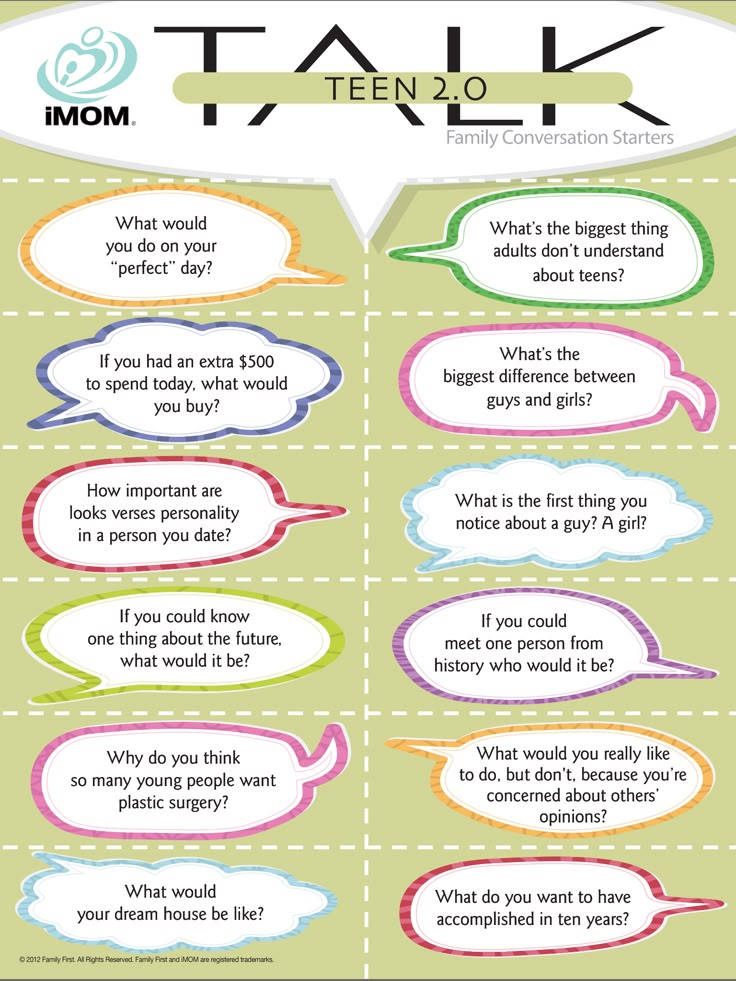 Maybe it was those few sips of milk that saved her life.
Maybe it was those few sips of milk that saved her life.
Let's sum up our research. nine0003
Post-story stage.
If your child takes time to associate a letter with a sound and put the sounds into a syllable, the pauses between syllables are long enough, and the overall reading pace is very slow, then your child is in the syllable-by-syllable stage.
Reading Improvement Guidelines:
reading, but also include exercises for the development of mental activity, self-control, self-esteem, positive motivation - the entire personal sphere of the child. nine0003
2. Pay attention to the difficulties the child is facing. Perhaps they are purely individual or, on the contrary, characteristic of most children at this stage:
- the child does not know some letters well, confuses outwardly similar ones;
- uses the so-called letter-by-letter method of reading, since he has not formed ideas about the sound image of the word: "Pe-A, Pe A - it turns out" dad ",
- incorrect or fuzzy pronunciation of the words being read;
- low level of self-control;
- small field of view
Transition from syllable reading to whole word reading.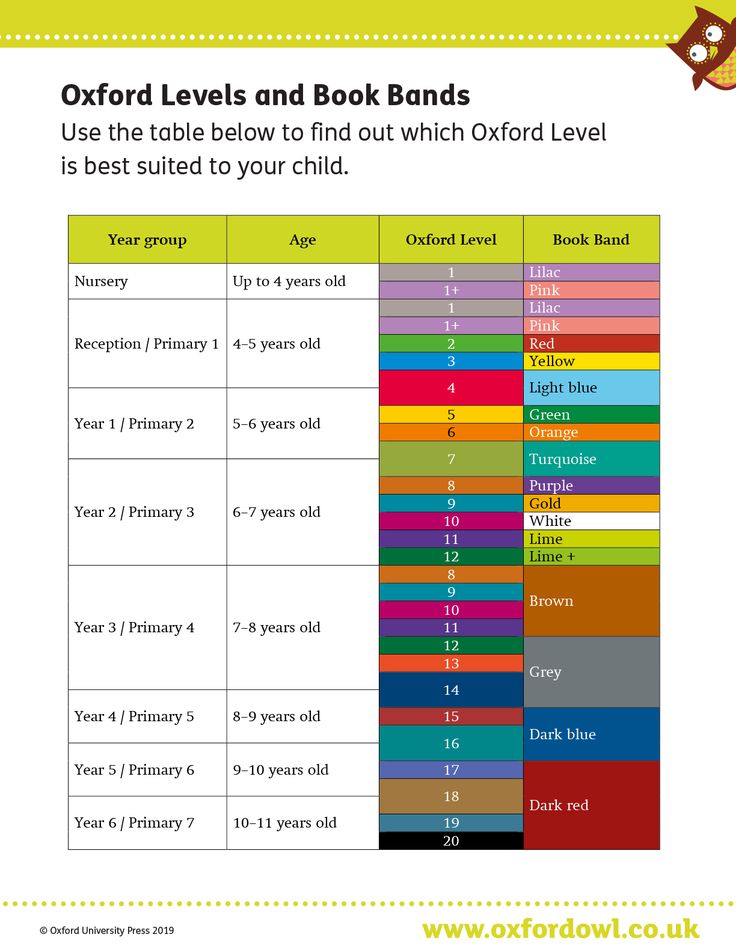
If your child reads short words quickly and completely, but long ones are still divided into syllables; the pace of reading is very uneven - sometimes quite fast, sometimes slow - which means that he is at a transitional stage from reading by syllable to reading as a whole word. The uneven pace of reading in this case depends on the fact that the process of reading itself becomes different. It begins to include rather complex mental actions, such as mentally combining syllables into a word, understanding its meaning, understanding the way the word is read. nine0003
Reading Improvement Suggestions:
1. If your child is at this stage, proceed to the Activity Notes 6-10 (Syllable and Whole Word Reading section). At the same time, remember that the speed and volume of reading should be increased gradually, taking into account the capabilities of the child, so that later you do not have to correct the mistakes that have become habitual.
2. Pay attention to the difficulties that your child may have or have experienced at this stage.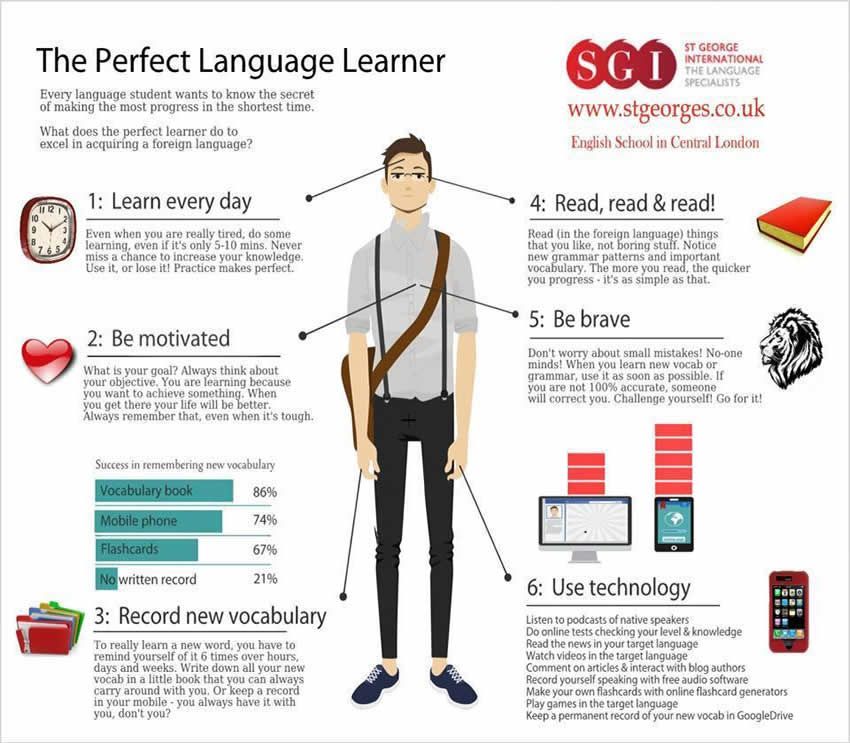 Compare them to the most common:
Compare them to the most common:
- the child incorrectly guesses the next word, has a low level of development of semantic guessing.
- "excessive haste", a fast pace of reading, in which correctness, understanding, and expressiveness suffer.
If, on the other hand, the child is required to read whole words too early, he can develop the habit of so-called "reading in a double way": the pace becomes extremely slow, since each word is first composed in the mind in syllables and only then pronounced aloud. The child continues to read in a spelling way. nine0003
Whole word reading stage.
If your child is already approaching a full-fledged synthetic way of reading, that is, only the most complex words are read by syllables, then he is at the "whole word - syllable" stage.
At this stage, the reading of some words syllable by syllable may be caused by the following difficulties:
- technical - a confluence of consonants, the presence of four syllables in words;
- semantic - the meaning of the words is not entirely clear;
- the word contains both a semantic and a technical barrier, and even a fluent reader cannot read it in its entirety. nine0003
nine0003
Let's consider these difficulties in more detail on the example of specific words from text No. 3. It contains:
1. Words, the meaning of which is not entirely clear to the child: ALONE, Wander, PROCEDURES.
2. Words that, in principle, are understandable, but rarely used in everyday speech: Dwellers, HEAD, HEALING.
3. Words with a confluence of two or more consonants: GET OUT, BATHING, RAIN, RUSSUS, EDGING, SPLASHING. Particular attention should be paid to reflexive verbs with the endings "-tsya" and "-tsya". After all, they are pronounced differently than they are written: we write "tsya" or "tsya", we say "tsa". nine0003
4. Words containing four syllables: get up, bathe, sunbathe, head, russula. All these difficulties create a barrier and slow down the speed of reading at the stage of reading a whole word.
Text 3. Frog
What forest dwellers do alone. They get up that only in the head will climb. They play, they sing, they dance.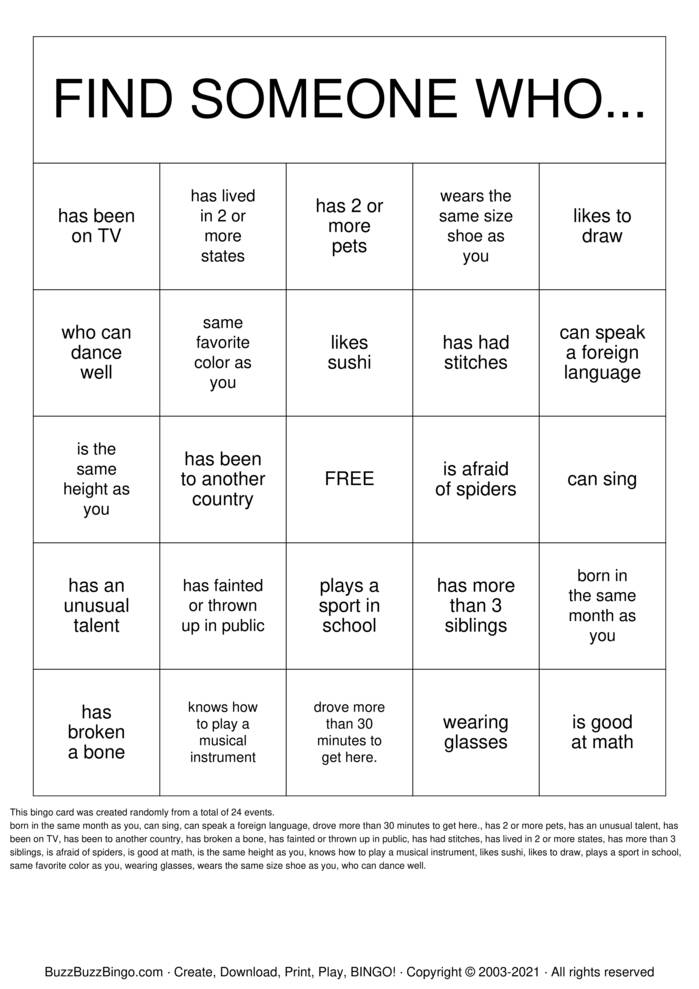 And then they swim and sunbathe, like this frog. I found a russula with rainwater and let's splash in it, as if in a basin. And now he sits on the edge and sunbathes. Breathe healing air. After water procedures takes air baths. (According to N. Sladkov)
And then they swim and sunbathe, like this frog. I found a russula with rainwater and let's splash in it, as if in a basin. And now he sits on the edge and sunbathes. Breathe healing air. After water procedures takes air baths. (According to N. Sladkov)
Recommendations for improving reading skills.
At this stage, you need to work not only on reading technique, but also on expanding your child's vocabulary. You will find a technique for working with difficult words in the "Learning to read correctly" section, and recommendations for enriching the dictionary - in the speech development (exercises) section. Study also according to the notes of lessons 11-15 (section "Work at the stage of reading by the whole word and by syllables").
All information is taken from open sources. nine0067 If you believe your copyright has been infringed, please write in the chat on this site, attaching a scan of a document confirming your right.
We will verify this and immediately remove the publication.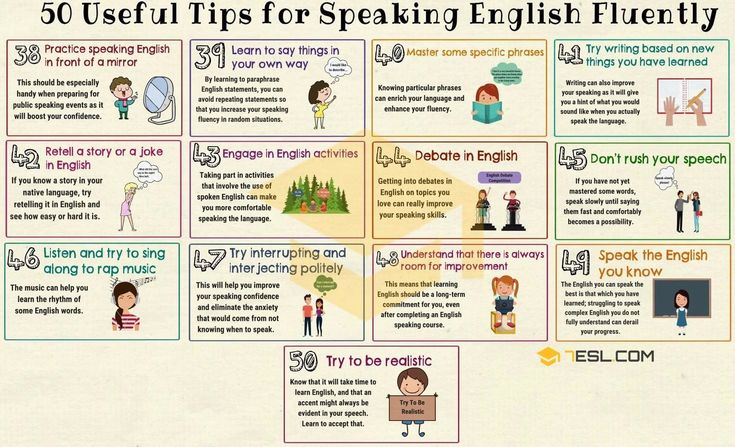
How to tell if a child has learned to read
But it's not that simple, says Olga Azova, a practicing speech therapist, director of the Children's Neurological and Rehabilitation Center "Logomed" and associate professor at the Department of Speech Therapy at the Moscow Psychological and Social University. Perhaps the reason is that your child simply has not learned to read. No, he, of course, puts words into sentences and "swallows" pages of text. But what is remembered? Does he understand what he is reading? Does he really have a reading skill? About this, as well as about what should alert parents and why you should not postpone a visit to specialists, we talked with Olga Azova. nine0003
In September, as a rule, students report on what they have read in the summer. How do you feel about summer reading lists? Are they needed?
Olga Azova: I'm good at reading books, but I absolutely don't like it when there is hard coercion. These lists are like the sword of Damocles hanging over a child. Still, reading is a multifaceted process. There is the acquisition of knowledge, and emotions, and pleasure. I want children to have not only a skill, but also a reader's interest, a taste for good literature. Another thing is that in order to study (in any subject), you must first form a basic reading skill. nine0003
These lists are like the sword of Damocles hanging over a child. Still, reading is a multifaceted process. There is the acquisition of knowledge, and emotions, and pleasure. I want children to have not only a skill, but also a reader's interest, a taste for good literature. Another thing is that in order to study (in any subject), you must first form a basic reading skill. nine0003
But let's talk about this in more detail. Most parents are sure that if their child has learned to put letters into words, and words into sentences, then he has already learned to read. But in the end, we get teenagers who do not understand what they are reading and cannot retell a paragraph from a textbook.
Olga Azova: The process of reading is very difficult. First, indeed, you need to learn how to combine letters into syllables, syllables into words, words into sentences, that is, to master the technique of reading. The next stage is learning to comprehend and understand what is read. The main thing is not to rush and gradually master each of the stages. nine0003
The main thing is not to rush and gradually master each of the stages. nine0003
You rightly noted that reading comprehension is difficult for many modern schoolchildren. There are several reasons. Firstly, poor reading technique and the wrong way of learning (for example, "stacking" - spelling). It is bad if the skill has not yet been formed, and the child begins to be artificially accelerated. In the pursuit of reading speed, it is easy not to notice that the child does not understand what they read well. Secondly, problems can be physiological and neurological. Headaches, fatigue, drowsiness, nosebleeds, pain in the back and legs, poor posture - all this does not allow the child to concentrate on reading. The cause may be chronic fatigue, and stress, and as a result - a decrease in academic performance. Speech problems not resolved in time can lead to semantic dyslexia. nine0003
Maybe the main reason is that today it is customary to prepare children for school in advance? By the first grade, the child already knows how to write, count and read.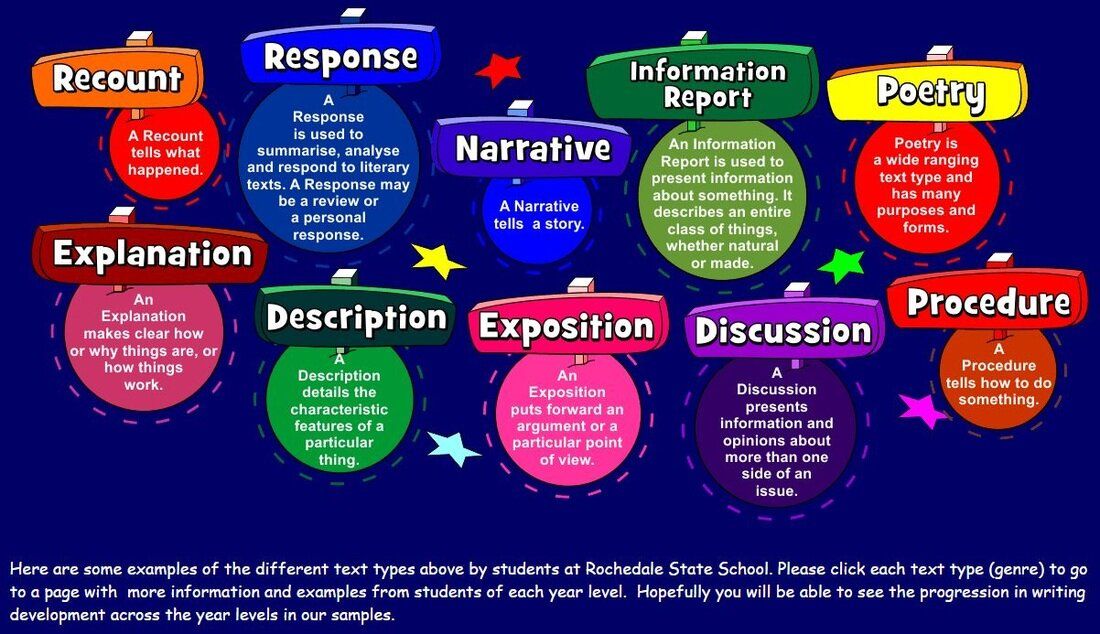 But literally in the first months, parents are faced with the fact that the child cannot read and repeat the rule, does not understand the math problem ... What to do?
But literally in the first months, parents are faced with the fact that the child cannot read and repeat the rule, does not understand the math problem ... What to do?
Olga Azova: You have no idea how important this is! Now they are really starting to "learn from the cradle", but from the point of view of neurophysiology, the child's body is categorically not ready for this. It seems to many that it is possible to develop children in this way, but in fact it is a kind of training. Until the children develop voluntary activity (usually by 8-9years), no stock of knowledge will give a lasting effect.
According to a study of the functional and cognitive development of a child, which was conducted for 20 years by the Institute of Developmental Psychology of the Russian Academy of Education, 40-60 percent of children have impaired attention, including selective attention, 60 percent have unformed speech, another 60 percent have not formed the same arbitrary regulation of activity.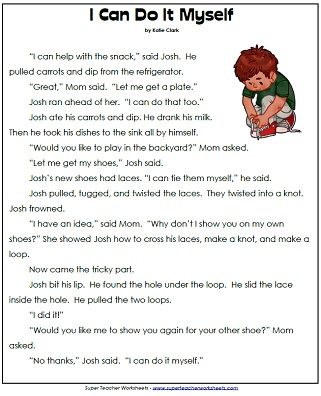 This is to your question about problems with understanding.
This is to your question about problems with understanding.
Now about reading. The process of reading itself takes place during the fixation of the gaze on the word, that is, in statics. So, scientists have found that only at the age of six, visual differentiations begin to form in children. If you start learning to read from the age of three, then an inadequate mechanism is formed, in which there is no holistic perception of several letters. A short fixation on a letter, not even on a syllable, and the gaze runs away, and then returns many times. This is the so-called "guessing reading", which turns the process of reading into a meaningless exercise. Therefore, I repeat once again - do not rush! nine0003
I was taught at one time: if you read a lot, you will begin to write correctly. Is it really?
Olga Azova: This is half true. You need to read a lot - this is both broadening your horizons and gaining experience. But it happens that a child reads a lot, but badly, and writes even worse.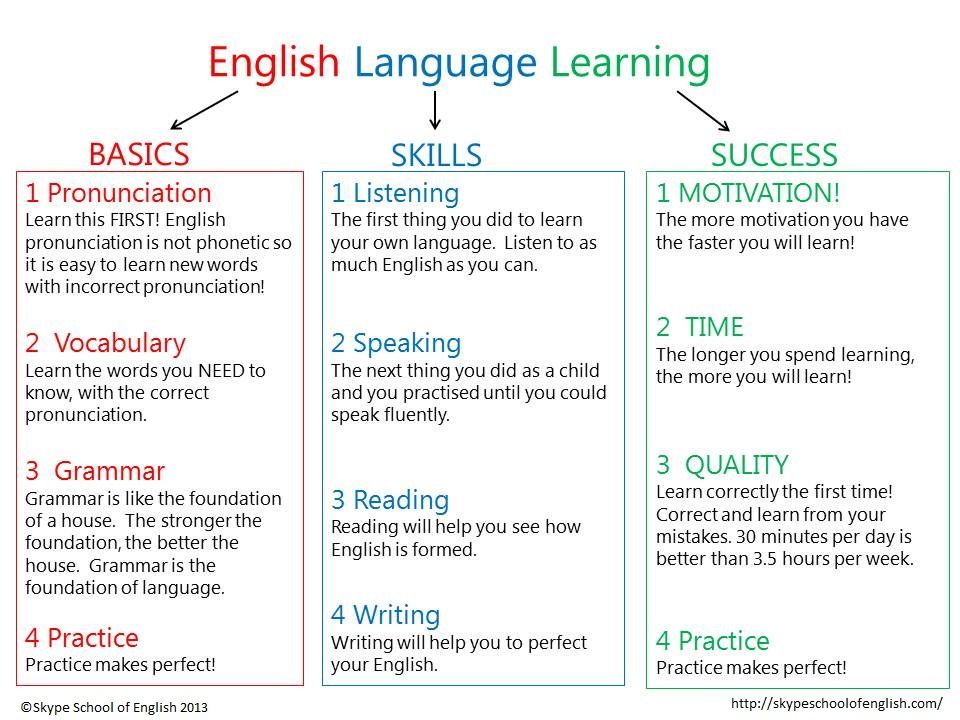 Why? Because the support goes to the visual analyzer, and it may not be leading for this child.
Why? Because the support goes to the visual analyzer, and it may not be leading for this child.
Yes, most often in children with impaired oral speech, visual perception is better developed, it is a kind of support, a safe link - a "backbone". But this is not the case for everyone. There are children whose visual perception and memory are impaired: "I saw, but did not remember," here, read - do not read, the visual image of the word is not remembered. Unlike the owners of excellent visual memory, who more often memorize words in the process of reading. Here the level of competence of a specialist is very important, who must understand the mechanism of the violation and direct corrective techniques to the problematic link. nine0003
We, parents, tend to attribute difficulties in school to laziness and lack of concentration. And instead of taking the child to a specialist, we often take the "belt". Are there any red flags that would indicate that the problem is serious and cannot be delayed in solving it?
Olga Azova: Sharp protests, low reading speed and unwillingness to read, many mistakes in writing, complaints about "bad behavior" at school, too slow inclusion in work, impaired attention .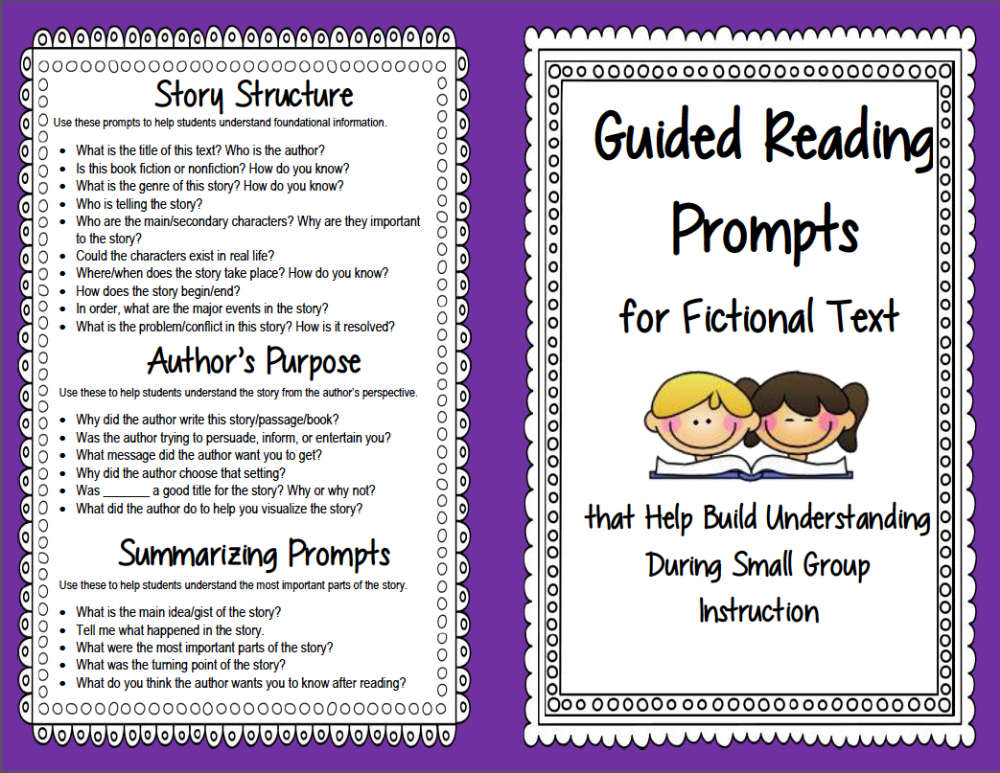 .. These are all reasons to consult a specialist. nine0003
.. These are all reasons to consult a specialist. nine0003
Would you recommend any manuals and workbooks for developing reading skills?
Olga Azova: I like the method of the Japanese Toru Kumon, whose books and manuals are published in Russia by the MIF publishing house. He invented it back in the middle of the last century to help his son with mathematics. The bottom line is to determine in advance how much the child should do the exercises and finish the lesson before he gets tired. Kumon advises to study every day for 20-30 minutes and refuse to study if it turns into stress for the child and parent. So, with the right presentation of the material and with adequate help, every child can learn absolutely everything. It is important to conduct classes daily and at a certain time. This is a kind of training of school skills: not only to complete tasks of increasing complexity correctly, but also to do it in the allotted time. I talk about the Kumon system in such detail because it conceptually coincides with what I advise parents and professionals to do - create their own notebooks and classes with a gradual degree of complication - in portions, starting with a very simple one, but daily and at the same time . According to this principle, my manual "Reading with passion" is built. There are a lot of useful exercises, words of different structures, funny sentences like "A fly sat on Petka's nose", which children like so much, and short stories. You can also draw there. nine0003
According to this principle, my manual "Reading with passion" is built. There are a lot of useful exercises, words of different structures, funny sentences like "A fly sat on Petka's nose", which children like so much, and short stories. You can also draw there. nine0003
The method of Olesya Likhunova, a blogger with many children, who writes short funny sentences and stories for her children, is good. They can be downloaded and printed. Books with signatures of Tatiana Russita are interesting. There are also letters from the dwarf Gosha "I'll teach you to read" from Sergei Fedin and a series of books by Rob Scott, including "Shmyak the Kitten".
How to teach a child to understand what they read?
Tips from Olga Azova
1.Check your knowledge of letters. Very often, children know the letters in a particular alphabet, but those written in a different size, font, or solid text cause difficulties. nine0003
2. Understanding will improve if the text is interesting and accessible to the child, although it can be difficult to combine this. The first texts are usually uninformative and boring, while those that are interesting are large or too small. Try using filmstrips or postcard sets. There is a picture, little text, large print, short phrases and interesting content.
The first texts are usually uninformative and boring, while those that are interesting are large or too small. Try using filmstrips or postcard sets. There is a picture, little text, large print, short phrases and interesting content.
3. First we work on the technique. We do not artificially adjust (the speed will increase as the skill is formed). If you hear that the thread of the plot is lost, ask the child again if he understood what he read. If necessary, tell the plot. If the child, when reading, does not observe the intonation of the end of the sentence or pauses illogically, help him - read with him. nine0003
4. Use all prompts and exercises. Especially those that are at hand - a finger, a ruler, a pencil, lips (move your lips). Let him run his finger under the line as much as necessary. When the skill is formed, all "helpers" will disappear by themselves.
5. Read books chosen by the child. This means that he is interested in it, and he himself will want to understand what he is reading.